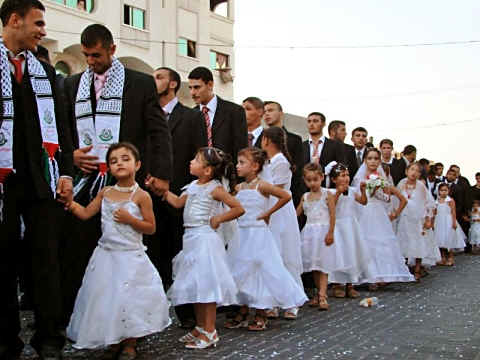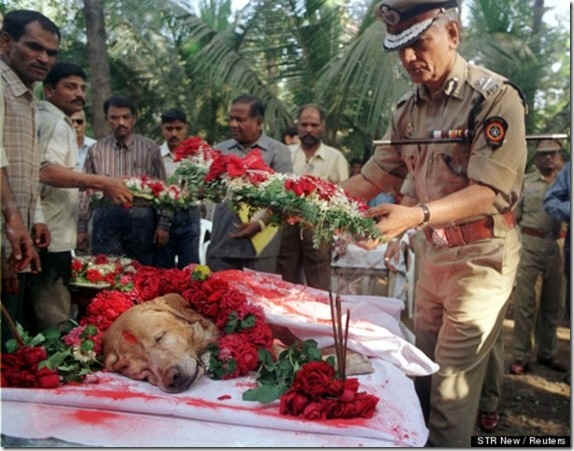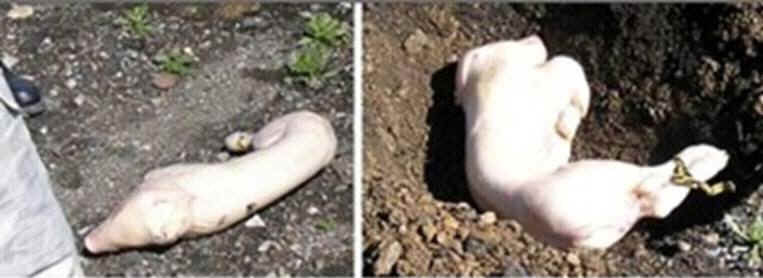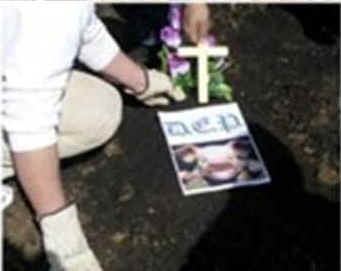|
Las
Comadres para las Americas, a nonprofit organization, is an
internationally known Latino organization empowering women to be
actively engaged in the growing Latino communities through online and
face to face networks. Our mission is connecting and empowering Latinas
everywhere through community building/networking, cultural preservation
and celebration, learning, and technology.
Instituto
Cervantes is a nonprofit organization created by the Spanish
government in 1991. Its mission is to promote the teaching of Spanish
and to contribute to the advancement of the culture of Spanish speaking
countries. Instituto Cervantes is present on five continents with more
than 50 centers spread out across many different countries.
This
year's group of entries were judged by an outstanding group of over 60
notables including Julia L. Abrantes, Andrea Arroyo, Ruben Arvizu,
Manuel Baca, Maribeth Bandas, Nicole A Ramos Beauchamp, Roberto Chavez,
Barbara Bustillos Cogswell, Martí Cortinas, Alma L. Guajardo-Crossley,
Rebecca Diaz, John Echeveste, Elisabeth Enenbach, Eddie Escobedo Jr.,
Hector Ericksen, Maria Fernandes, Maria Ferrer, José Galvez, Arturo
Garcia, Denice Garcia, Gloria Garcia, Ignacio Gomez, Helen Gonzales,
Myriam Grajales-Hall, Marcela Hede, Carla Herrera, Abraham Larrondo,
Mimi Lozano, Arlene Martinez, Caron Martinez, Julio C. Mejia, Sara
Melendez, Lisa Montes, Danny Morales, Julian Nava, Dr. Jess Nieto, Ana
M. Patiño, Alice Perez, Yolanda Arroyo Pizarro. Rafael Prieto, Maria S.
Quezada, Maria de la Luz Reyes, Steve Richer, Edwin "Rodd"
Rodriguez, Gloria Rodriguez, Guillermo Rojas, Sarah D. Amador Rusnak,
Irene M. Sánchez, Melanie Slone, Jim Sullivan, Andres Tobar, John
Valdez, Martin Valdez, Andy Valenzuela, Carlos Von Son, Magdalena
Whisler, and Dr. Lea Ybarra. The awards were overseen by Kirk Whisler
with major assistance from Nora de Hoyos Comstock PhD, Jim Sullivan, and
Ana Patiño.
Here
are the winners. After the publisher in each listing is the country of
origin for the author.
A.
CHILDREN, YOUTH, & YOUNG ADULT BOOK AWARDS
Best
Latino Focused Children's Picture Book - English
FIRST
PLACE Light Keepers to the Rescue!, Marisa de Jesús Paolicelli; A
Caribbean Experience Con Amor; USA
SECOND
PLACE Sofia's Awesome Tamale Day, Albert Monreal Quihuis; Albert Monreal
Quihuis; USA
HONORABLE
MENTION How Hollyhocks Came to New Mexico, Rudolfo Anaya; Rio Grande
Books; USA
Best
Latino Focused Children's Picture Book - Spanish or Bilingual
FIRST
PLACE Conoce a Simón Bolívar, Edna Iturralde; Alfaguara Grupo
Santillana USA; Ecuador
HONORABLE
MENTION Pelito: The Move * La Mudanza, Abraham Urias; Lito Publishing;
El Salvador
Best
Children's Fiction Picture Book - English
FIRST
PLACE The Beautiful Lady: Our Lady of Guadalupe, Pat Mora; Illustrators:
Steve Johnson & Lou Fancher; Random House Children's Books;
SECOND
PLACE Grandpa Lolo's Navajo Saddle Blanket, Nasario García; University
of New Mexico Press;
SECOND
PLACE Walking Through a World of Aromas, Ariel Andrés Almada;
Illustrator: Sonja Wimmer; Cuento de Luz;
HONORABLE
MENTION Mom Goes to War, Irene Aparici; Illustrator: Mónica Carretero;
Cuento de Luz;
HONORABLE
MENTION LightKeepers to the Rescue!, Marisa de Jesús Paolicelli; A
Caribbean Experience Con Amor;
HONORABLE
MENTION Life is Beautiful!, Ana Eulate; Illustrator: Nívola Uyá;
Cuento de Luz;
Best
Children's Fiction Picture Book - Bilingual
FIRST
PLACE Guacamole, Jorge Argueta & Margarita Sada; Groundwood Books;
El Salvador (Native Salvadoran & Pipil Nahua Indian)
SECOND
PLACE Micaela: Despertar en Poesía * Waking Up to Poetry, Adalucía;
Cholita Prints and Publishing Company; Perú
HONORABLE
MENTION Periquito, The Story of Little Parakeet, Georgette Baker;
Cantemos;
Best
Children's Fiction Picture Book - Spanish
FIRST
PLACE Cocorina y El Puchero Mágico, Mar Pavón; Illustrator: Mónica
Carretero; Cuento de Luz;
SECOND
PLACE Egipto, Pau Joan Hernández; Fernando Vicente; Editorial Combel;
HONORABLE
MENTION Soy Feliz, Alberto Agraso & Mony Dojeiji; Walking for Peace
Publishing;
Best
Children's Nonfiction Picture Book
FIRST
PLACE Diego Rivera: His World and Ours, Duncan Tonatiuh; Abrams Books
For Young Readers; Mexico
SECOND
PLACE Conoce a Miguel de Cervantes, Edna Iturralde; Alfaguara Grupo
Santillana USA; Ecuador
HONORABLE
MENTION La Malinche, Francisco Serrano; Groundwood Books; Mexico, Canada
Best
Educational Children's Picture Book - English
FIRST
PLACE Spike, the Mixed-Up Monster, Susan Hood; Simon & Schuster,
Books for Young Readers; USA
HONORABLE
MENTION LightKeepers to the Rescue!, Marisa de Jesús Paolicelli; A
Caribbean Experience Con Amor;
HONORABLE
MENTION Mom Goes to War, Irene Aparici; Illustrator: Mónica Carretero;
Cuento de Luz;
Best
Educational Children's Picture Book - Spanish or Bilingual
FIRST
PLACE ¡Nos Divertimos con la Ciencia!, Ángels Navarro; Editorial
Combel;
SECOND
PLACE Colores Everywhere!, Madeleine Budnick; Trinity University Press;
HONORABLE
MENTION Hello Círculos!, Madeleine Budnick; Trinity University Press;
Most
Inspirational Children's Picture Book
FIRST
PLACE The Sky of Afghanistan, Ana Eulate; Illustrator: Sonja Wimmer;
Cuento de Luz; Spain
SECOND
PLACE Mom Goes to War, Irene Aparici; Illustrator: Mónica Carretero;
Cuento de Luz;
HONORABLE
MENTION Micaela: Despertar en Poesía * Waking Up to Poetry, Adalucía;
Cholita Prints and Publishing Company; Perú
Best
Youth Latino Focused Chapter Book
FIRST
PLACE Border Town #1: Crossing the Line, Malin Alegria; Scholastic
Books;
SECOND
PLACE Pueblo Fronterizo No 1: Cruzar el Limite, Malin Alegria;
Scholastic Books;
Best
Youth Chapter Fiction Book - English
FIRST
PLACE Love, Amalia, Alma Flor Ada; Simon & Schuster, Books for Young
Readers; Cuba
SECOND
PLACE Calling Him Dad, Virginia Kamhi; WPR Books; USA
Best
Youth Chapter Fiction Book - Spanish or Bilingual
FIRST
PLACE Oro, Incienso y Mirra, Ariel González Calzada; Floricanto Press;
Cuba
Most
Inspirational Youth Chapter Book
FIRST
PLACE Calling Him Dad, Virginia Kamhi; WPR Books; USA
Best
Young Adult Fiction Book
FIRST
PLACE When The Guns Fell Silent, Edna Iturralde; WPR Publishing; Ecuador
SECOND
PLACE A Thunderous Whisper, Christina Diaz Gonzales; Random House
Children's Books;
HONORABLE
MENTION Aristotle and Dante Discover the Secrets of the Universe,
Benjamin Alire Saenz; Simon & Schuster, Books for Young Readers; USA
HONORABLE
MENTION The Revolution of Evelyn Serrano, Sonia Manzano; Scholastic
Books;
HONORABLE
MENTION Ciudad de Huérfanos, Avi; Editorial Bambu;
Best
Young Adult Nonfiction Book
FIRST
PLACE The Pregnancy Project, Gaby Rodriguez with Jenna Glatzer; Simon
& Schuster, Books for Young Readers; USA
Best
Educational Young Adult Book
FIRST
PLACE Puberman El Enfrentamiento, Maria Villegas & Jennie Kent;
Illustrator: Ivan Chacon; Villegas Editores;
SECOND
PLACE Lectura de textos: Análisis e Interpretación. Narrativa, Poesía,
Drama y Ensayo. Siglo XX, Eugenia Muñoz; Pearson Learning Solutions;
USA, Colombian Ancestry
Most
Inspirational Young Adult Book
FIRST
PLACE The Day of Yesterday, Edna Iturralde; WPR Publishing; Ecuador
SECOND
PLACE El Sendero Hacia el Exito!, Daniel Ramirez; ;
HONORABLE
MENTION Micaela: Despertar en Poesía * Waking Up to Poetry, Adalucía;
Cholita Prints and Publishing Company; Perú
B.
NONFICTION AWARDS
Best
Latino Focused Nonfiction Book
FIRST
PLACE The Distance Between Us, Reyna Grande; Atria
Books;
FIRST
PLACE We Became Mexican American: How Our Immigrant Family Survived to
Pursue the American Dream, Carlos B. Gil; Xlibris; USA
SECOND
PLACE The Shadow Catcher, Hipolito Acosta; Atria
Books;
HONORABLE
MENTION The Latino Theatre Initiative, Center Theatre Group Papers
1980-2005, Chantal Rodriguez; UCLA Chicano Studies Research Center; USA
HONORABLE
MENTION The Maid's Daughter: Living Inside and Outside the American
Dream, Mary Romero; New York University Press;
Most
Inspirational Nonfiction Book - English
FIRST
PLACE Island of Bones: Essays, Joy Castro; The University of Nebraska
Press;
SECOND
PLACE 8 Ways to Say "I Love My Life!", Nancy De Los Santos
Reza, Josefina López, Margo De Leon, Laura De Anda, Susan Orosco, Bel
Hernandez Castillo, Joanna Ilizaliturri Díaz, & Rita Mosqueda
Marmolejo. Edited by Sylvia Mendoza; Arte Público Press;
SECOND
PLACE Dulcified: Sweetened by the Education of Life, Lisa R. Ramírez;
TP Rewards; USA of Mexican ancestry
HONORABLE
MENTION A Tale of Survival, Grace Flores - Hughes; Author House;
Most
Inspirational Nonfiction Book - Spanish or Bilingual
FIRST
PLACE Palabras Calladas, José Álvarez; Editorial Voces De Hoy; Cuba
SECOND
PLACE Poder de Mujer, Mariela Dabbah; C.A. Press Libros en Español,
Penguin Group (USA);
HONORABLE
MENTION Las Semillas Del Exito, César Lacayo; Producciones Intercelac;
Nicaragua
Best
Biography - English
FIRST
PLACE We Became Mexican American: How Our Immigrant Family Survived to
Pursue the American Dream, Carlos B. Gil; Xlibris; USA
SECOND
PLACE A Mango for the Teacher, Deborah Frisch; Xicalango Press; USA
SECOND
PLACE The Distance Between Us, Reyna Grande; Atria
Books;
HONORABLE
MENTION Something Fierce, Carmen Aguirre; Douglas & McIntyre;
Best
Biography - Spanish or Bilingual
FIRST
PLACE En Busca de Mi Destino, Irma Reyes Herrera; Xlibris; Guatemala
SECOND
PLACE Caminando por la Paz: Un Camino Interior, Mony Dojeiji &
Alberto Agraso; Walking for Peace Publishing;
HONORABLE
MENTION Mi Vida Junto a El Cristo de Espaldas, Tomás Fundora &
Ariel González Calzada; Floricanto Press; Cuba
Best
History Book - English
FIRST
PLACE The Arhoolie Foundation's Strachwitz Frontera Collection of
Mexican and Mexican American Recordings, Agustin Gurza; UCLA Chicano
Studies Research Center; USA
SECOND
PLACE The Latino Theatre Initiative, Center Theatre Group Papers
1980-2005, Chantal Rodriguez; UCLA Chicano Studies Research Center; USA
Best
History Book - Spanish or Bilingual
FIRST
PLACE La Calle del Héroe, Marc Wilson; University of Oklahoma Press;
USA
SECOND
PLACE Conquistadoras: Mujeres Heroinas de la Conquista de América,
Carlos B. Vega; Janaway Publishing Inc; Spain
HONORABLE
MENTION Boquete Centenario: Florilegio Poético - Histórico, Markela
Rojer de Ballesteros; Universidad de Panamá;
Best
Political/Current Affairs Book
FIRST
PLACE De la Sombra a la Luz: Imágenes del Secuestro, Mario Ayerbe González
& Fernando Soto Aparicio; Jose Marcelino Triana Perdomo;
SECOND
PLACE Colombia Un País de Oportunidades, Adriana Llano Restrepo;
Illustrator: Benjamin Villegas; Villegas Editores;
HONORABLE
MENTION Cuando Los Chinos Hablan, Ana Fuentes; C.A. Press Libros en Español,
Penguin Group (USA);
Best
Business Book
FIRST
PLACE Poder de Mujer, Mariela Dabbah; C.A. Press Libros en Español,
Penguin Group (USA); Argentina
Best
Arts Book - English
FIRST
PLACE Rafael Ferrer, Deborah Cullen; UCLA Chicano Studies Research
Center; USA
Best
Arts Book - Spanish or Bilingual
FIRST
PLACE Rebozos, Carmen Tafolla; Wings Press;
SECOND
PLACE Jacanamijoy, Alvaro Medina; Illustrator: Carlos Jacanamijoy;
Villegas Editores;
HONORABLE
MENTION Floricanto en Aztlan, Alurista; UCLA Chicano Studies Research
Center; Mexico
Best
Gift Book
FIRST
PLACE Rebozos, Carmen Tafolla; Wings Press;
SECOND
PLACE María,
Jorge Isaacs; Illustrator: Sylvia Patiño; editorSPatino;
HONORABLE
MENTION Floricanto en Aztlan, Alurista; UCLA Chicano Studies Research
Center; Mexico
Best
Cookbook
FIRST
PLACE Sabores Yucatecos: A Culinary Tour of The Yucatán, Katherine A.
Diaz, Gilberto Cetina, & Gilberto Cetina, Jr.; WPR Publishing;
Mexico, USA
SECOND
PLACE Cocina & Diplomacia, Mariana Espinosa De Silva; Photographer:
Greg Powers; Villegas Editores;
Best
Reference Book - English
FIRST
PLACE The Arhoolie Foundation's Strachwitz Frontera Collection of
Mexican and Mexican American Recordings, Agustin Gurza; UCLA Chicano
Studies Research Center; USA
SECOND
PLACE The Latino Theatre Initiative, Center Theatre Group Papers
1980-2005, Chantal Rodriguez; UCLA Chicano Studies Research Center; USA
Best
Reference Book - Spanish or Bilingual
FIRST
PLACE Libro de Emblemas Imagen Y Palabra en el Barroco, Fabio Ramirez S.
J. & Juan David Giraldo; Villegas Editores;
SECOND
PLACE A-Z
Las Palabras de la Arquitectura, Benjamin Barney-Caldas; Illustrator:
Sylvia Patiño; editorSPatino;
HONORABLE
MENTION La Familia y El Dinero ¡Hecho Fácil!, Elaine King; C.A. Press
Libros en Español, Penguin Group (USA);
Best
Self-help Book
FIRST
PLACE Como Tratar Con Gente Difícil, Becky Krinsty; ; Mexico
SECOND
PLACE Poder de Mujer, Mariela Dabbah; C.A. Press Libros en Español,
Penguin Group (USA);
HONORABLE
MENTION El Sendero Hacia el Exito!, Daniel Ramirez; ;
HONORABLE
MENTION Nuevo Comienzo, Carlos Flores; Evolution Publishing House;
Best
Health Book
FIRST
PLACE El Cerebro y El Mito Del Yo, Rodolfo R. Llinas; Villegas Editores;
SECOND
PLACE Get a Bangin' Body: The City Gym Boys' Ultimate Body Weight
Workout for Men and Women, Charles LaSalle; Avery; Cuban American
HONORABLE
MENTION Vive la Vida de Tus Sueños, Martín Llorens; C.A. Press Libros
en Español, Penguin Group (USA);
Best
Parenting/Family Book
FIRST
PLACE La Familia y El Dinero ¡Hecho Fácil!, Elaine King; C.A. Press
Libros en Español, Penguin Group (USA); Peru
SECOND
PLACE Palabras Calladas, José Álvarez; Editorial Voces De Hoy; Cuba
Best
Women's Issues Book
FIRST
PLACE Looking for Esperanza, Adriana Páramo; Benu Press; Colombia
SECOND
PLACE Dulcified: Sweetened by the Education of Life, Lisa R. Ramírez;
TP Rewards;
HONORABLE
MENTION Poder de Mujer, Mariela Dabbah; C.A. Press Libros en Español,
Penguin Group (USA);
HONORABLE
MENTION 8 Ways to Say "I Love My Life!", Nancy De Los Santos
Reza, Josefina López, Margo De Leon, Laura De Anda, Susan Orosco, Bel
Hernandez Castillo, Joanna Ilizaliturri Díaz, & Rita Mosqueda
Marmolejo. Edited by Sylvia Mendoza; Arte Público Press;
Best
Religious Book
FIRST
PLACE La Segunda Venida de Cristo, Vol. II, Paramahansa Yogananda;
Self-Realization Fellowship; India
Best
Spiritual/New Age Book
FIRST
PLACE Vive la Vida de Tus Sueños, Martín Llorens; C.A. Press Libros en
Español, Penguin Group (USA); Argentina
SECOND
PLACE Caminando por la Paz: Un Camino Interior, Mony Dojeiji &
Alberto Agraso; Walking for Peace Publishing;
HONORABLE
MENTION La Segunda Venida de Cristo, Vol. II, Paramahansa Yogananda;
Self-Realization Fellowship; India
Best
Travel Book
FIRST
PLACE José María Gutiérrez De Alba, Impresiones de un Viaje a
America, Diario Ilustrado de Viajes por Colombia 1871-1873, Jose Maria
Gutierrez De Alba; Villegas Editores;
Best
Nonfiction - Multi-Author
FIRST
PLACE Count on Me, Las Comadres Para Las Americas; Atria
Books; USA
SECOND
PLACE Power of The Spirit: A Portuguese Journey of Building Faith and
Churches in California, Joe Machado, Ferreira Moreno, José Do Couto
Rodrigues; Portuguese Heritage Publications of California, Inc; Portugal
SECOND
PLACE The Arhoolie Foundation's Strachwitz Frontera Collection of
Mexican and Mexican American Recordings, Agustin Gurza; UCLA Chicano
Studies Research Center; USA
HONORABLE
MENTION Inheritance: Discovering the Richness of the Latino Culture and
Family, Dr. Lorena G. Gonzalez & Lisa Trevino Cummins; Urban
Strategies;
HONORABLE
MENTION The Power of One: The Story of the Border Angels, Enrique
Morones & Richard Griswule del Castillo; San Diego State University
Press;
C.
FICTION AWARDS
Best
Latino Focused Fiction Book
FIRST
PLACE The Block Captain's Daughter, Demetria Martínez; University of
Oklahoma Press; USA
SECOND
PLACE Pig Behind the Bear, Maria Nieto; Berkeley Press: Floricanto
Press; USA
HONORABLE
MENTION The Secret Book of Frida Kahlo, Francisco Haghenbeck; Atria
Books;
Best
Popular Fiction
FIRST
PLACE The Second Time We Met, Leila Cobo; Grand Central Publishing;
Colombia
SECOND
PLACE Better with You Here, Gwendolyn Zepeda; Grand Central Publishing;
Mexican American
HONORABLE
MENTION Missing in Machu Picchu, Cecilia Velástegui; Libros Publishing;
Ecuador
Best
Novel - Adventure or Drama
FIRST
PLACE Missing in Machu Picchu, Cecilia Velástegui; Libros Publishing;
Ecuador
HONORABLE
MENTION Seeking Tierra Santa: Summer Terror in Texas, Michael M.
Pacheco; Create Space;
Best
Novel - Historical Fiction - English
FIRST
PLACE The Sandoval Sisters' Secret of Old Blood, Sandra Ramos O'Briant;
La Gente Press; USA
SECOND
PLACE Malena, Edgardo David Holzman; Nortia Press; Argentina
SECOND
PLACE Dos Santos, Fernando de Aragón; Lepican Publishing; Puerto Rico
Best
Novel - Historical Fiction - Spanish or Bilingual
FIRST
PLACE Caminos: La Odisea de una Familia Española en América Después
de la Guerra Civil Española, Carlos B. Vega; Janaway Publishing Inc,
Books Division; Spain
Best
Novel - Mystery
FIRST
PLACE The Land Grant, Carlos Cisneros; Arte Público Press; USA
SECOND
PLACE Hell or High Water, Joy Castro; St. Martin's Press: Thomas Dunne
Books;
HONORABLE
MENTION Every Last Secret, Linda Rodriguez; St. Martin's Press: Minotaur
Books;
HONORABLE
MENTION Missing in Machu Picchu, Cecilia Velástegui; Libros Publishing;
Ecuador
Best
Novel - Fantasy/Sci-Fi
FIRST
PLACE Map of the Sky, Felix J. Palma; Nick Caistor; Atria
Books;
SECOND
PLACE Mortal Flesh: The Last Hero of Pompeii, Ana Maria Costa Alongi;
Sigillum Publishers; Argentina
SECOND
PLACE The Witch Narratives Reincarnation (Land of Enchantment #1),
Belinda Vasquez Garcia; Magic Prose; USA
HONORABLE
MENTION The Closet of Discarded Dreams, Rudy Ch. Garcia; Damnation Books
LLC; USA
Best
Novel - Romance
SECOND
PLACE Amor Eterno a Través de Las Dimensiones, Mery Larrinua; LuLu
Press, Inc.; Colombia
HONORABLE
MENTION The Lost, Caridad Piñeiro; Grand Central Publishing; Cuba
Best
Poetry Book - One Author - English
FIRST
PLACE How Fire is a Story, Waiting, Melinda Palacio; Tia Chucha Press;
USA
SECOND
PLACE Transitions of a Nuyorican Cinderella, Maria Aponte; Aponte-Gonzales
Production; Puerto Rico, USA
Best
Poetry Book - One Author - Bilingual
FIRST
PLACE Rebozos, Carmen Tafolla; Wings Press; USA
SECOND
PLACE Homage to the Warrior Women * Homenaje A Las Guerreras , Peggy
Robles Alvarado; Create Space; USA, Puerto Rican & Dominican parents
HONORABLE
MENTION Potrillo, Charles Wright; Vaso Roto Ediciones; Mexico
Best
Poetry Book - One Author - Spanish
FIRST
PLACE Floricanto en Aztlan, Alurista; UCLA Chicano Studies Research
Center; Mexico
SECOND
PLACE Conjuro, Xánath Caraza; Mammoth Publications ;
HONORABLE
MENTION Alusiones, Eduardo Félix Medrano-Salas; Editorial Betania;
Bolivia
Best
Poetry Book - Multi-Author
FIRST
PLACE La Escuela de Wallace Stevens, Harold Bloom; Vaso Roto Ediciones;
Mexico
SECOND
PLACE Women Voices: 3 Generations of Puertorriqueña Poets, Anita Vélez
- Mitchell, Gloria Vando, & Anika Paris; Editor: Linda Rodriguez;
Scapegoat Press; USA, Puerto Rico
D.
eBOOKS & AUDIO AWARDS
Best
Children's Picture eBook
FIRST
PLACE Animals in Our Neighborhood * Animales de Nuestro Vecindario,
David Lindgren & Dora Currea; Lindgren-Currea Family Project;
Colombia, USA
Best
eBook - Nonfiction
FIRST
PLACE Cuando Los Chinos Hablan, Ana Fuentes; C.A. Press Libros en Español,
Penguin Group (USA); Spain
SECOND
PLACE Boquete Centenario: Florilegio Poético - Histórico, Markela
Rojer de Ballesteros; Universidad de Panamá;
Best
eBook - Fiction
FIRST
PLACE Roachkiller and Other Stories, Richie Narvaez; Beyond the Page
Publishing;
E.
PORTUGUESE AWARDS
Best
Young Adult Book in Portuguese
FIRST
PLACE O Sangue de Tua Tinta, Daniel Spíndola Riberio; Thesaurus Editora
de Brasília; Brazil
Best
Book - Nonfiction in Portuguese
FIRST
PLACE "Só o Amor", Sri Daya Mata; Self-Realization
Fellowship; India
SECOND
PLACE Não Existe Crime Perfeito, Marcos Linhares; Thesaurus Editora de
Brasília; Brazil
HONORABLE
MENTION Viva Sem Medo (Living Fearlessly), Paramahansa Yogananda;
Self-Realization Fellowship; India
Best
Book - Fiction in Portuguese
FIRST
PLACE Surtei!, Cleunice de Arruda Castro; Thesaurus Editora de Brasília;
Brazil
SECOND
PLACE O Gestor, O Político e O Ladrão, Judivan J. Vieira; Thesaurus
Editora de Brasília; Brazil
HONORABLE
MENTION Almagesto: Contos Anímicos, Adriana Kortlandt; Thesaurus
Editora de Brasília; Brazil
F.
DESIGN AWARDS
Best
Cover Design
FIRST
PLACE Mario Velez, Luis Fernando Valencia; Illustrator: Mario Velez;
Villegas Editores;
SECOND
PLACE Homage to the Warrior Women * Homenaje A Las Guerreras , Peggy
Robles Alvarado, Pepper Negron, & Carmelo Dominguez; Create Space;
USA, Puerto Rican & Dominican parents
HONORABLE
MENTION Micaela: Despertar en Poesía * Waking Up to Poetry, Adalucía;
Cholita Prints and Publishing Company; Perú
Best
Cover Illustration
FIRST
PLACE Dentro de mi Imaginación, Marta Arteaga; Zuzanna Celej; Cuento de
Luz;
SECOND
PLACE Bonita es la Vida!, Nívola Uyá ; Cuento de Luz;
HONORABLE
MENTION Micaela: Despertar en Poesía * Waking Up to Poetry, Adalucía;
Cholita Prints and Publishing Company; Perú
Best
Cover Photo
FIRST
PLACE Dulcified: Sweetened by the Education of Life, Lisa R. Ramírez;
TP Rewards; USA
Best
Interior Design
FIRST
PLACE La Mentira de Vermeer, Michael Taylor; Illustrator: Josep Baga;
Vaso Roto Ediciones; USA, Spain
SECOND
PLACE Micaela: Despertar en Poesía * Waking Up to Poetry, Adalucía;
Cholita Prints and Publishing Company; Perú
Best
Use of Photos Inside the Book
FIRST
PLACE Caminando Colombia, Andres Hurtado Garcia; Villegas Editores;
SECOND
PLACE Sabores Yucatecos: A Culinary Tour of The Yucatán, Katherine A.
Diaz, Gilberto Cetina, & Gilberto Cetina, Jr.; WPR Publishing;
Mexico, USA
Best
Use of Illustrations Inside the Book
FIRST
PLACE Micaela: Despertar en Poesía * Waking Up to Poetry, Adalucía;
Cholita Prints and Publishing Company; Perú
SECOND
PLACE Periquito, The Story of Little Parakeet, Georgette Baker; Cantemos;
G.
TRANSLATION AWARDS
Best
Children's Picture Book Translation - Spanish to English
FIRST
PLACE Walking Through a World of Aromas, Ariel Andrés Almada; Jon
Brokenbrow; Cuento de Luz;
SECOND
PLACE Jungle Tales, Horacio Quiroga; Translator: Jeff Zorrilla; ;
Argentina
Best
Nonfiction Book Translation - Spanish to English
FIRST
PLACE La Arqueología del Viento * The Wind's Archeology, Luis Alberto
Ambroggio; Translator: Naomi Ayala; Vaso Roto Ediciones; Argentina,
Puerto Rico
SECOND
PLACE Oblivion, Héctor Abad; Translator: Anne Mclean & Rosalind
Harvey; Farrar Straus Giroux; UK, Canada
Best
Nonfiction Book Translation - English to Spanish
FIRST
PLACE America's Chapters of Freedom in English and Spanish: Declaration
of Independence, Constitution, Bill of Rights, The Gettysburg Address.
2nd Edition., Carlos B. Vega; Janaway Publishing Inc., Books Division;
Spain
SECOND
PLACE El Cazador de Sombras, Hipolito Acosta; Atria
Books;
HONORABLE
MENTION La Segunda Venida de Cristo, Vol. II, Paramahansa Yogananda;
Self-Realization Fellowship; India
Best
Fiction Book Translation - Spanish to English
FIRST
PLACE The Dream of The Celt, Mario Vargas Llosa; Translator: Edith
Grossman; Farrar Straus Giroux; USA
SECOND
PLACE Traveler of The Century, Andrés Neuman; Translators: Nick Caistor
& Lorena Garcia; Farrar Straus Giroux; UK
HONORABLE
MENTION The Polish Boxer, Eduardo Halfon; Translators: Daniel Hahn,
Ollie Brock, Thomas Bunstead, Lisa Dillman, & Anne McLean; Bellevue
Literacy Press;
HONORABLE
MENTION The Map of the Sky, Felix J. Palma; Nick Caistor; Atria
Books;
HONORABLE
MENTION Time Commences in Xibalbá, Luis de Lión; Translator: Nathan C.
Henne; University of Arizona Press;
HONORABLE
MENTION Woes of the True Policeman, Roberto Bolaño; Translator: Natasha
Wimmer; Farrar Straus Giroux; USA
H.
THE MARIPOSA AWARDS
Best
First Book - Children & Youth
FIRST
PLACE I Am Happy, Alberto Agraso & Mony Dojeiji; Walking for Peace
Publishing; Spain, Canada
Best
First Book - Nonfiction - English
FIRST
PLACE Everyday Revolutionaries: Gender, Violence, and Disillusionment in
Postwar El Salvador, Irina Carlota Silber; Rutgers University Press;
Argentina
SECOND
PLACE Clay Hills and Mud Pies, Annie Mary Perez; Floricanto Press; USA
Best
First Book - Nonfiction - Spanish or Bilingual
FIRST
PLACE Cuando Los Chinos Hablan, Ana Fuentes; C.A. Press Libros en Español,
Penguin Group (USA); Spain
SECOND
PLACE El Sendero Hacia el Exito!, Daniel Ramirez; ;
Best
First Book - Fiction - English
FIRST
PLACE The Sandoval Sisters' Secret of Old Blood, Sandra Ramos O'Briant;
La Gente Press;
SECOND
PLACE Along These Highways, Rene S. Perez II; University of Arizona
Press;
HONORABLE
MENTION The House of Order: Stories, John Paul Jaramillo; Anaphora
Literary Press; USA
Best
First Book - Fiction - Spanish or Bilingual
SECOND
PLACE Cuerpo Mortal: El Ultimo Héroe de Pompeya, Ana Maria Costa Alongi;
Sigillum Publishers; Argentina
HONORABLE
MENTION Conjuro, Xánath Caraza; Mammoth Publications;
|

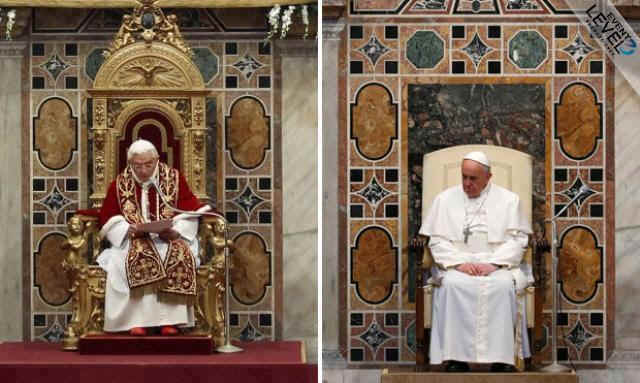

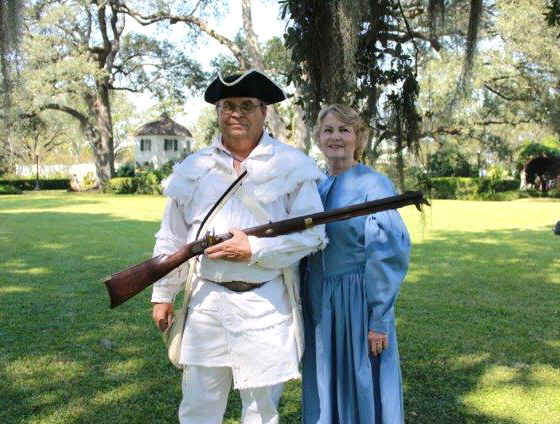
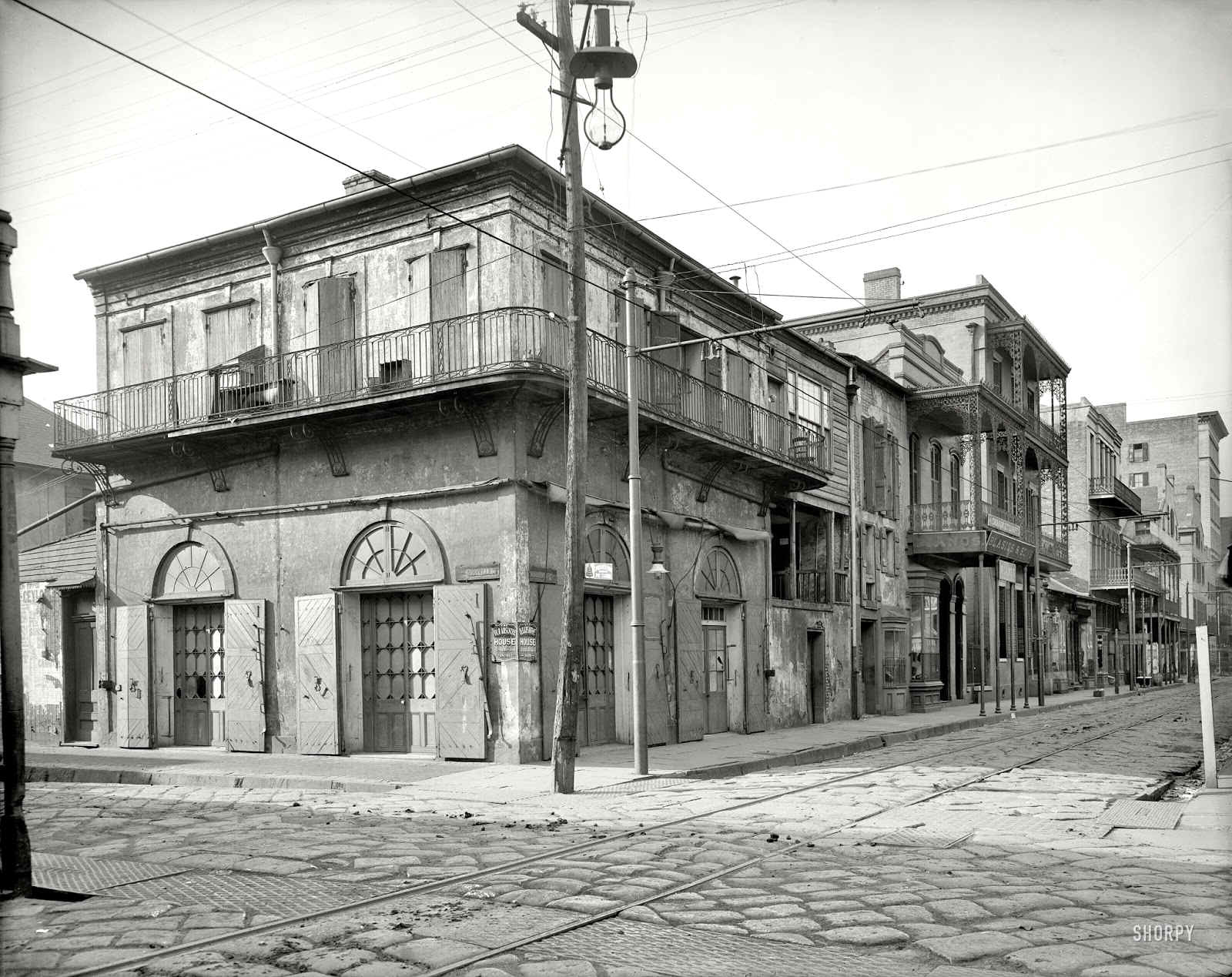
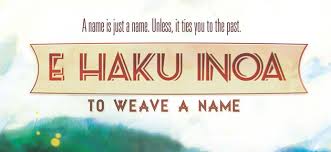
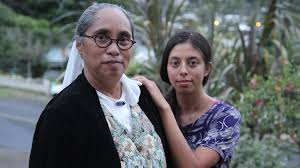
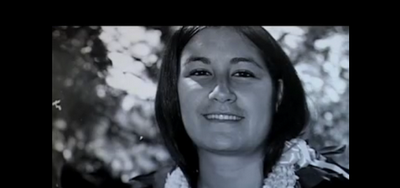 D.C. and
coming home again in the 1990′s. I tell this story through old
family movies, photos, contemporary video and Hawaiian music
consistent with the time period being covered. It is about her
growing awareness of her Hawaiian identity and what defines her
today as a Hawaiian.
D.C. and
coming home again in the 1990′s. I tell this story through old
family movies, photos, contemporary video and Hawaiian music
consistent with the time period being covered. It is about her
growing awareness of her Hawaiian identity and what defines her
today as a Hawaiian.
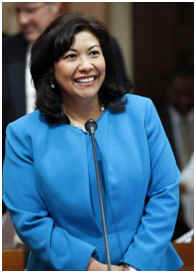
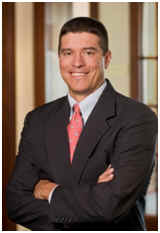
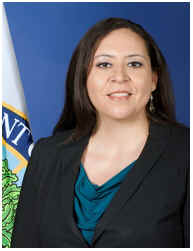
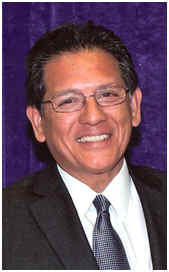
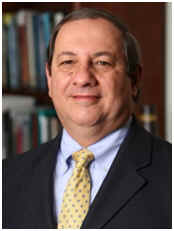
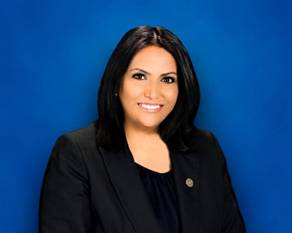

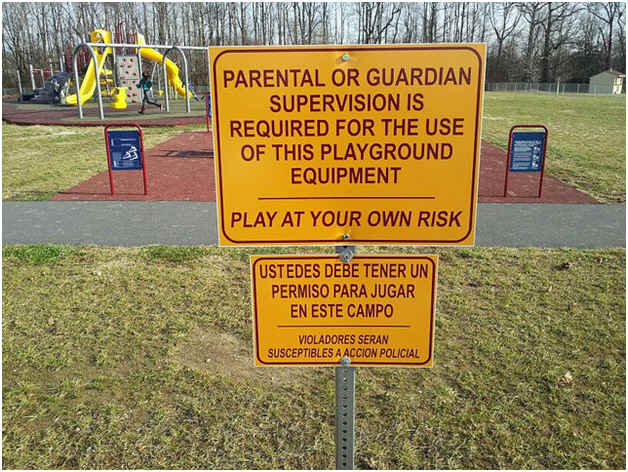


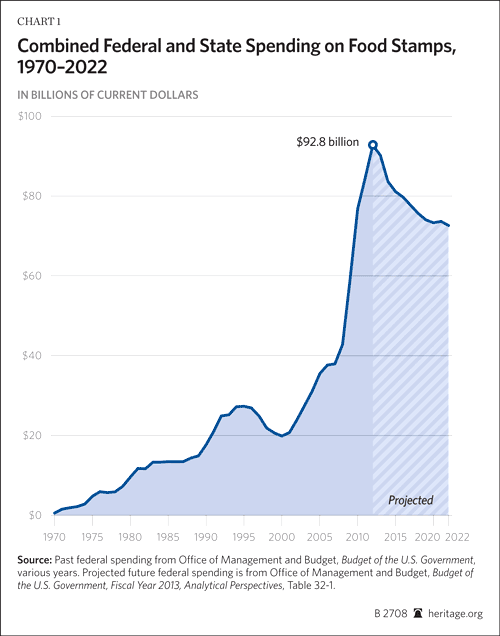
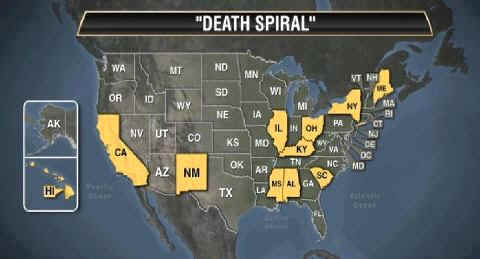


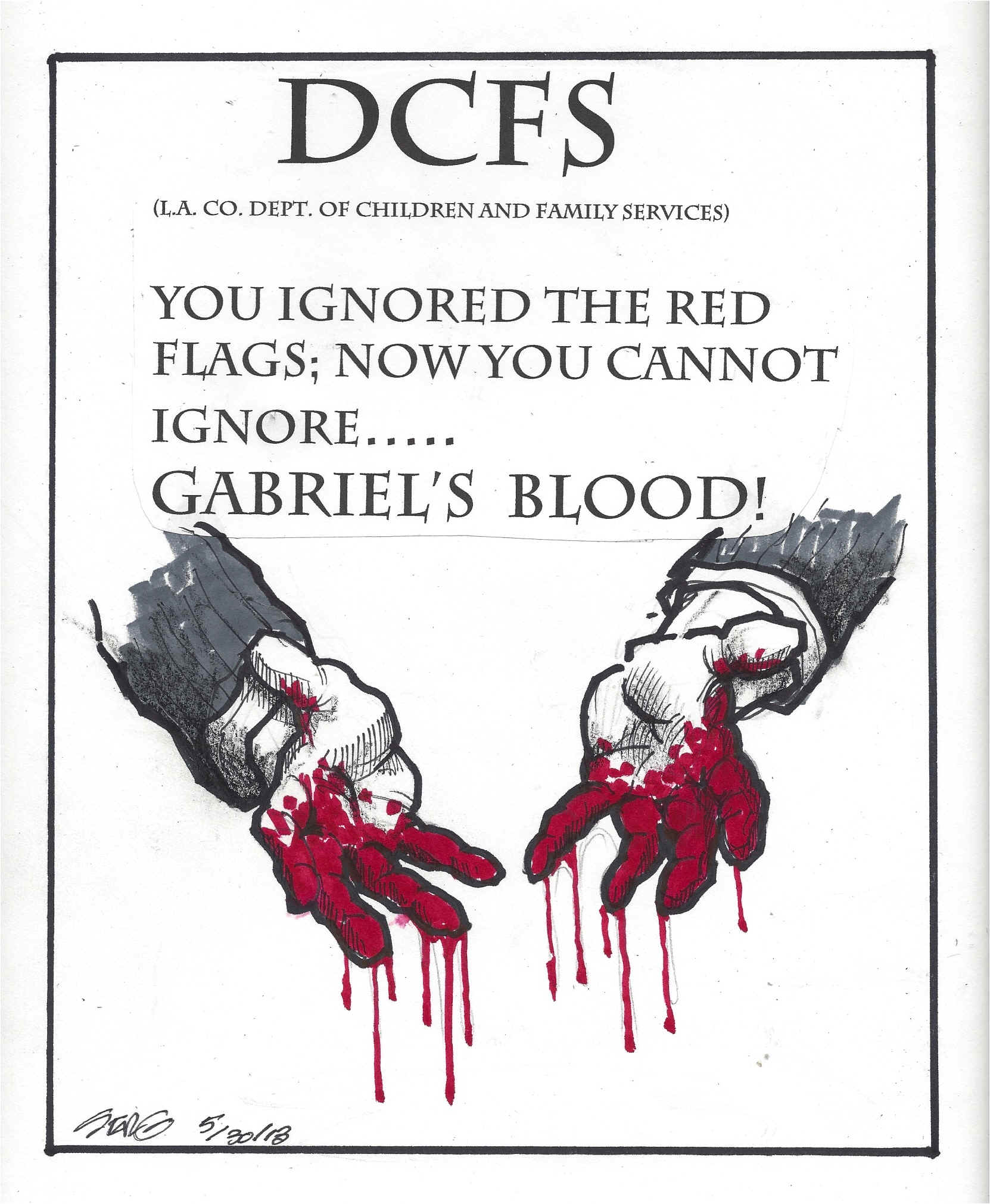









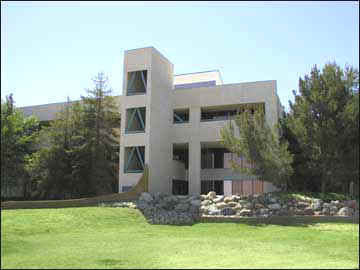

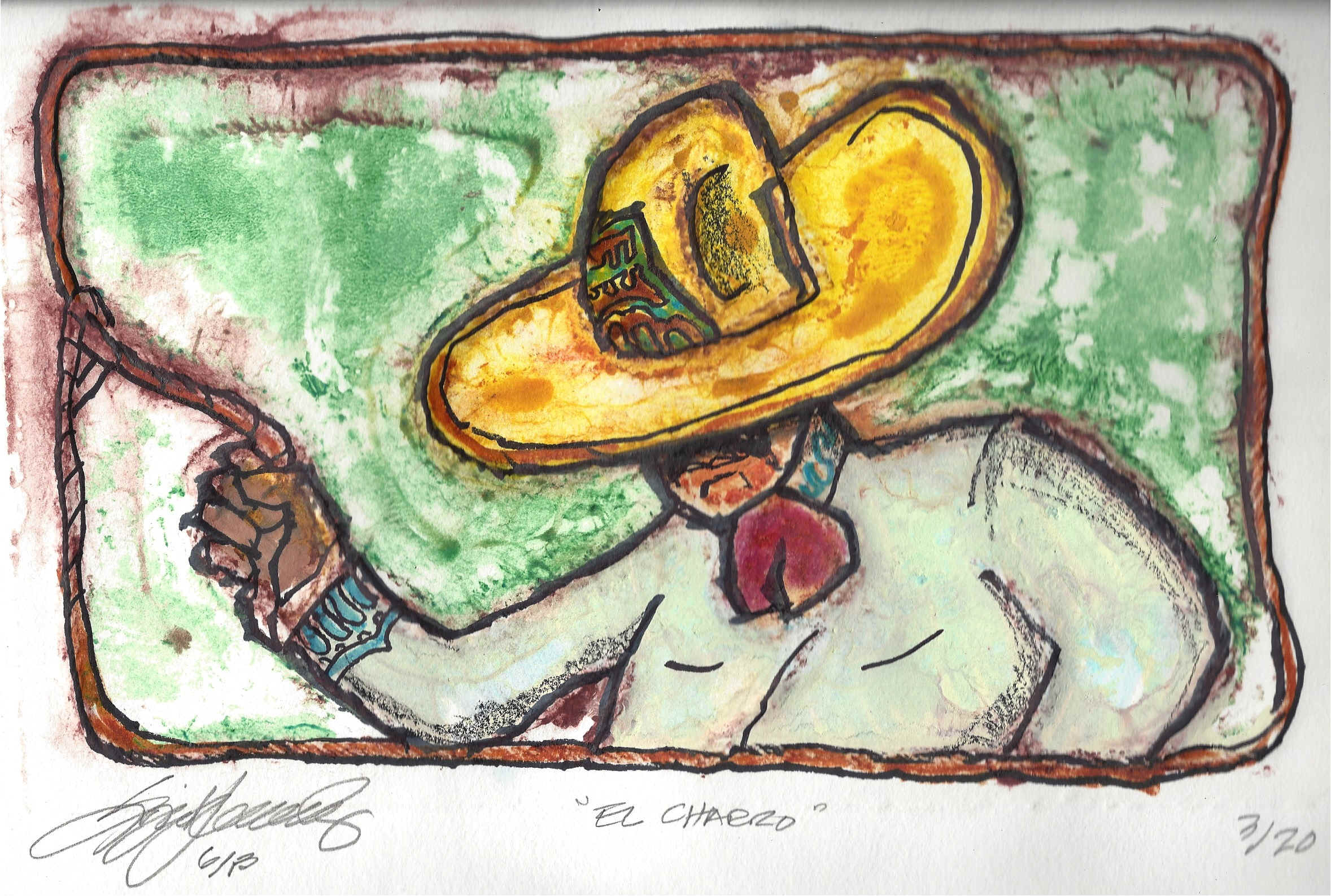

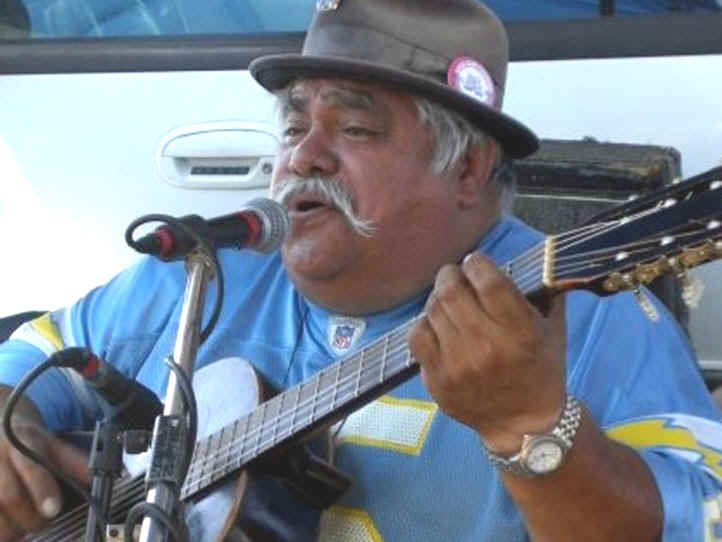


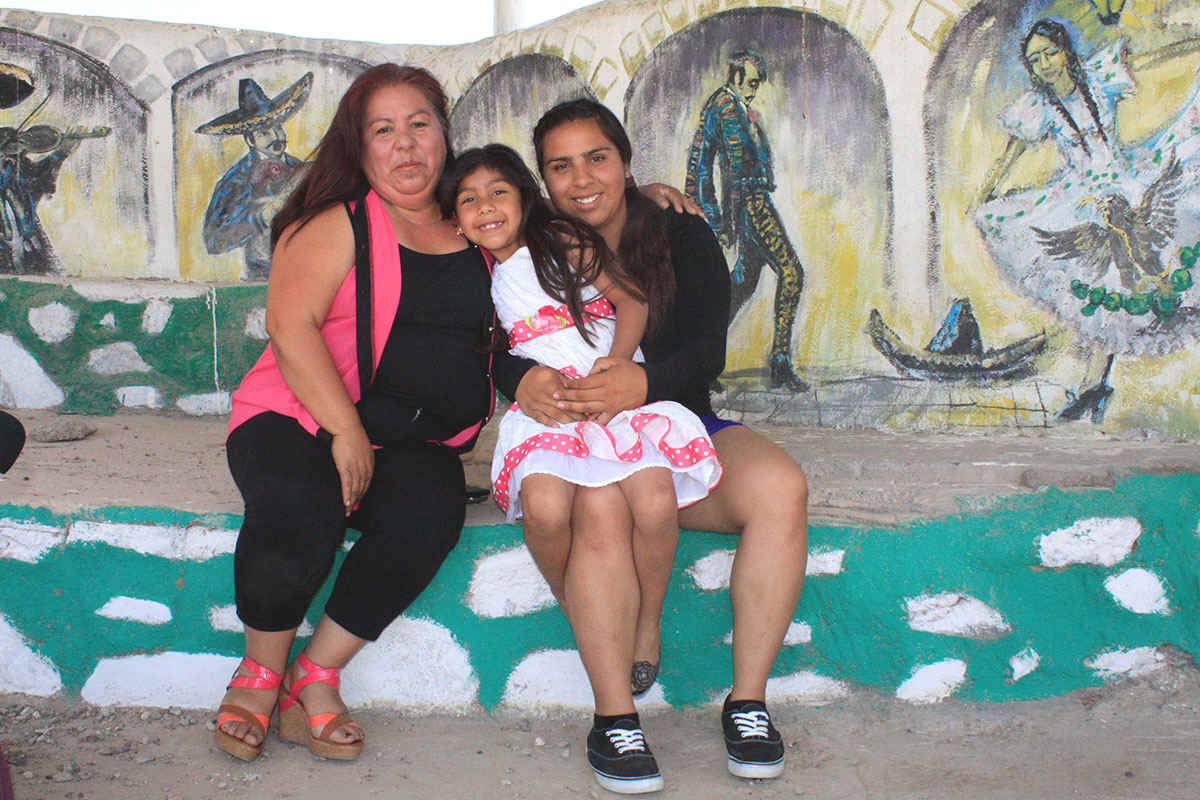

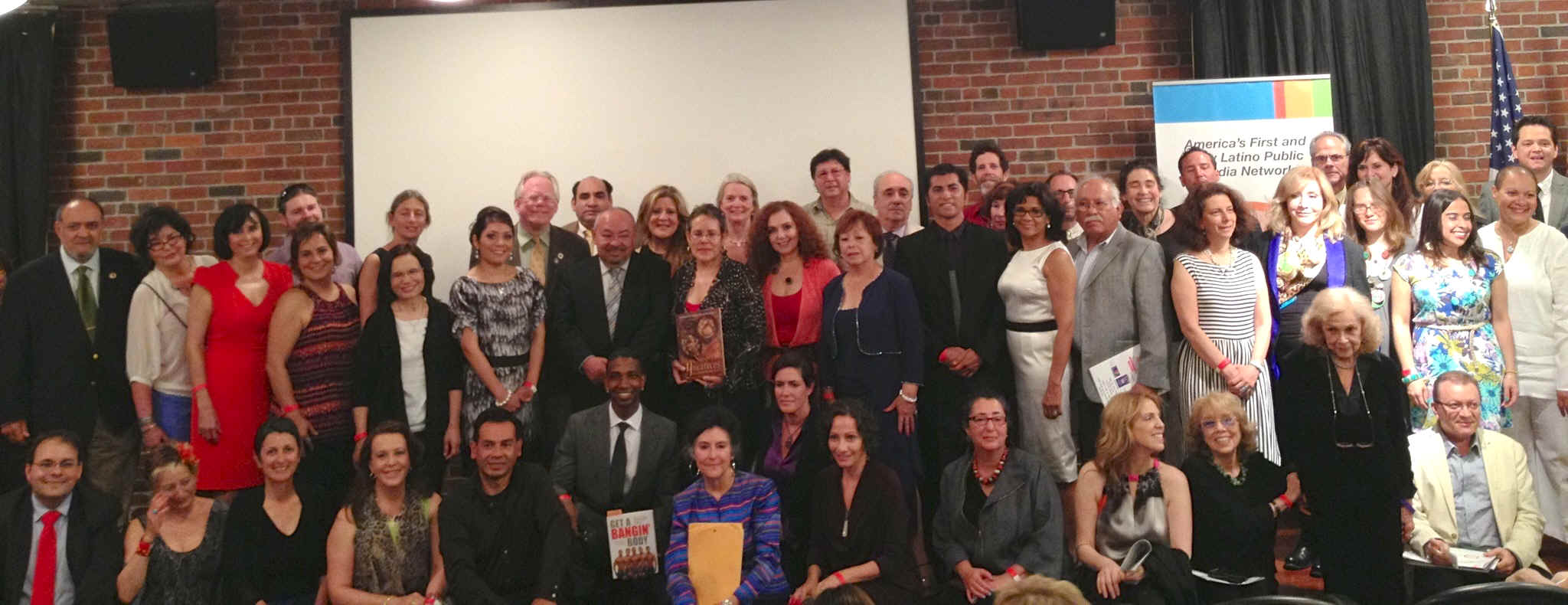

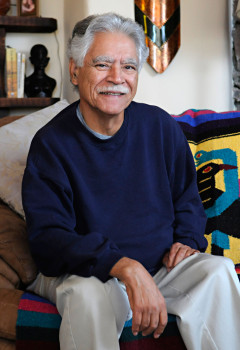 Question:
In what ways does the old man's love story draw on your own
experience as a widower?
Question:
In what ways does the old man's love story draw on your own
experience as a widower?
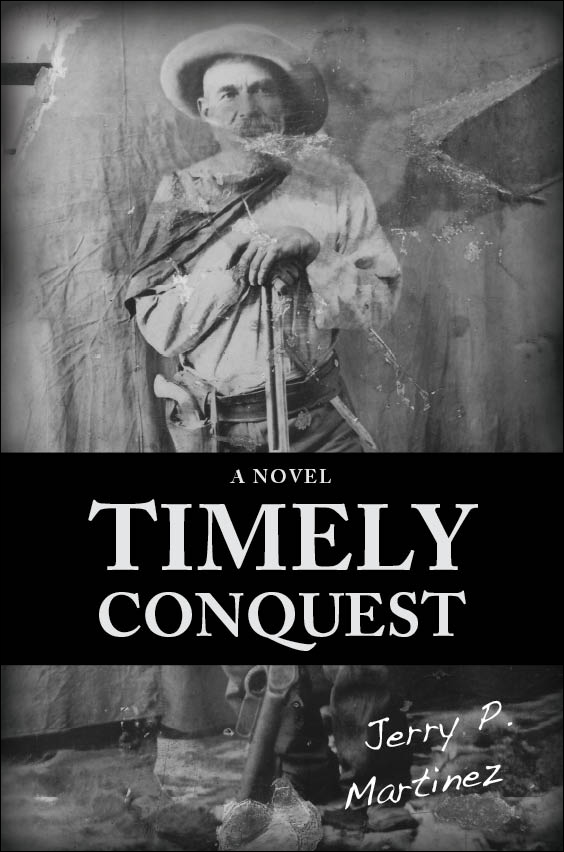

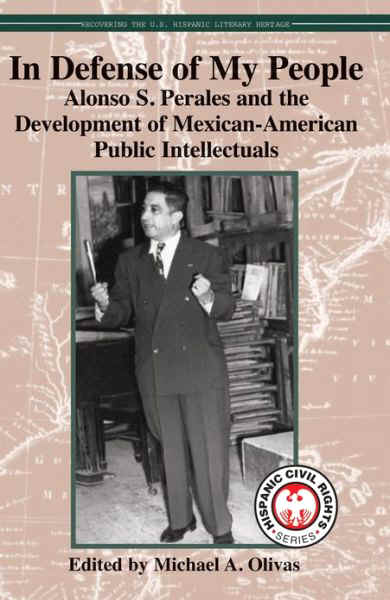
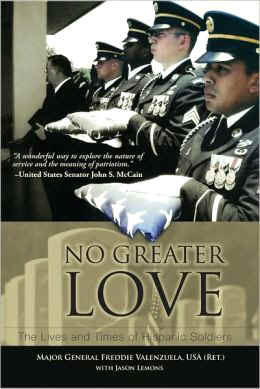
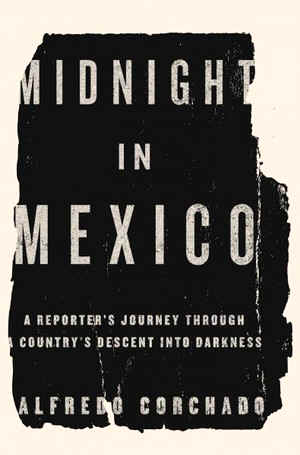
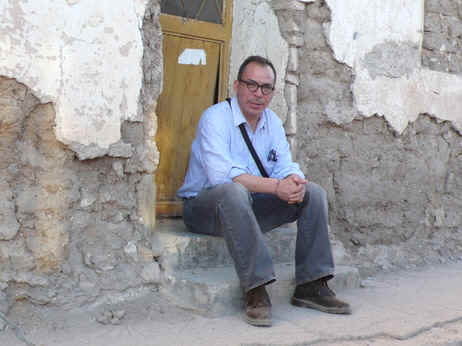
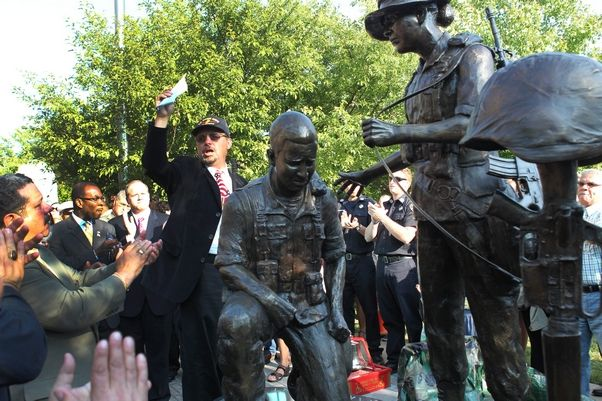

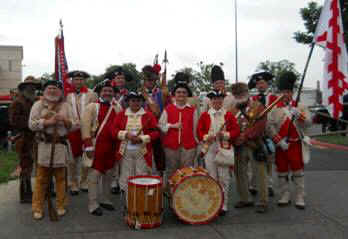
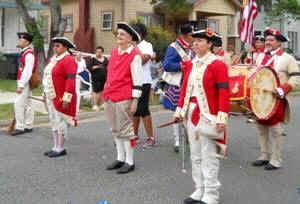
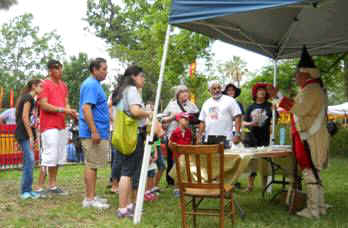
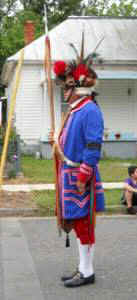
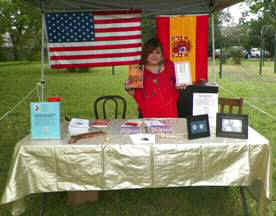
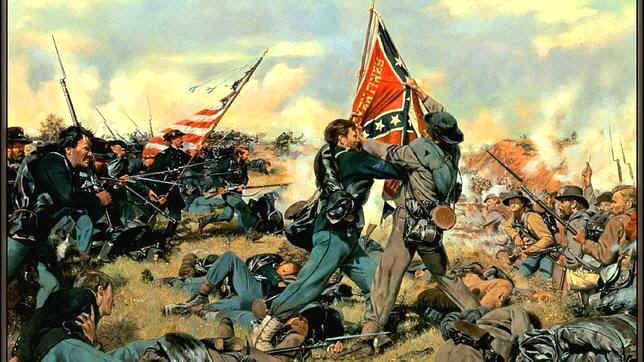
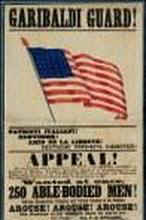
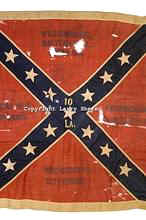
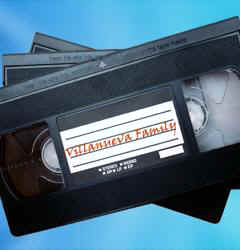



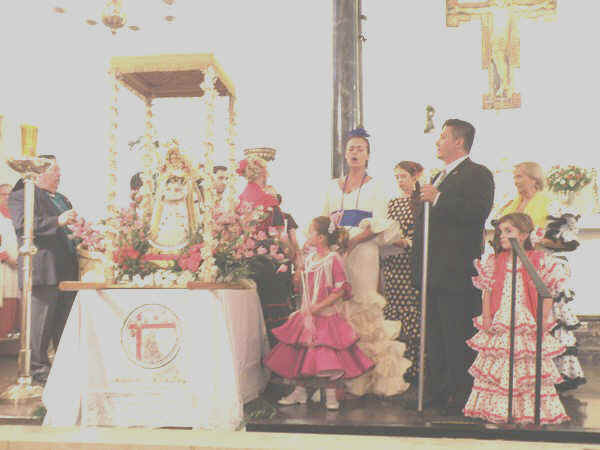
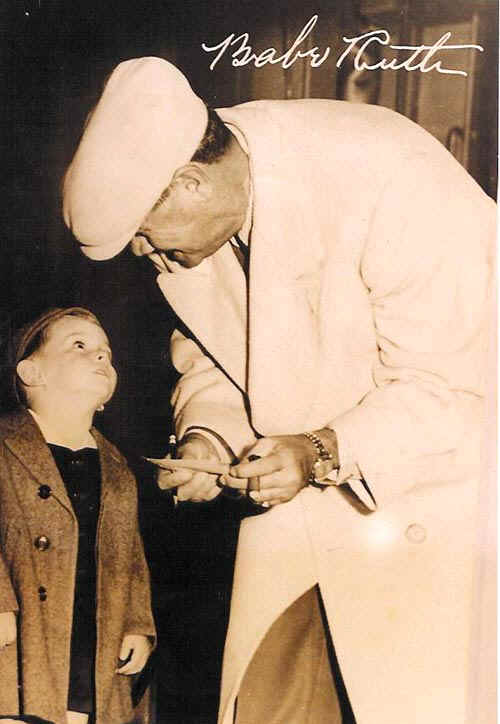
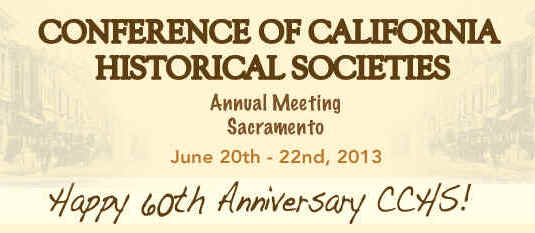
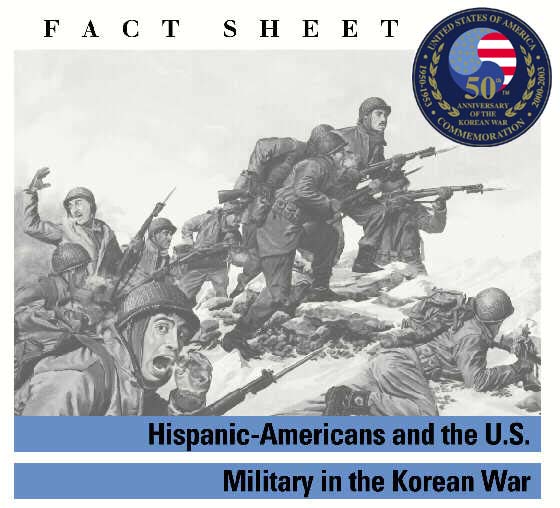
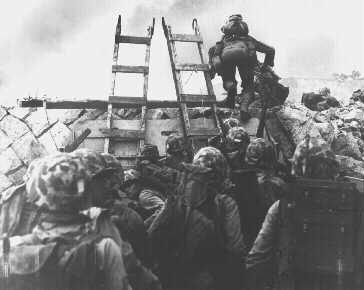 During
the Korean War, most Hispanic-Americans served in the Army and Marine
Corps. However, several thousand served in the Air Force, Navy and Coast
Guard in both combat and combat service support branches. Commanders
recognized the courage and determination of Hispanic-Americans in
combat. Nine Hispanics were awarded the Medal of Honor and more than 100
others received Distinguished Service Crosses and Silver Stars for acts
of combat bravery.
During
the Korean War, most Hispanic-Americans served in the Army and Marine
Corps. However, several thousand served in the Air Force, Navy and Coast
Guard in both combat and combat service support branches. Commanders
recognized the courage and determination of Hispanic-Americans in
combat. Nine Hispanics were awarded the Medal of Honor and more than 100
others received Distinguished Service Crosses and Silver Stars for acts
of combat bravery.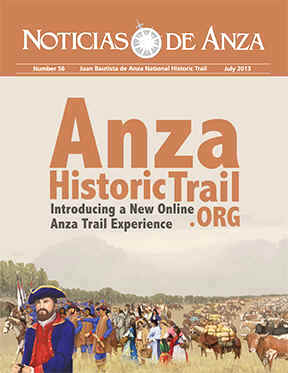
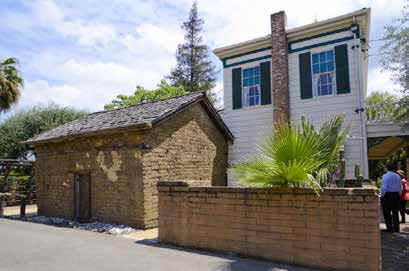
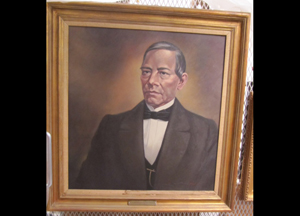
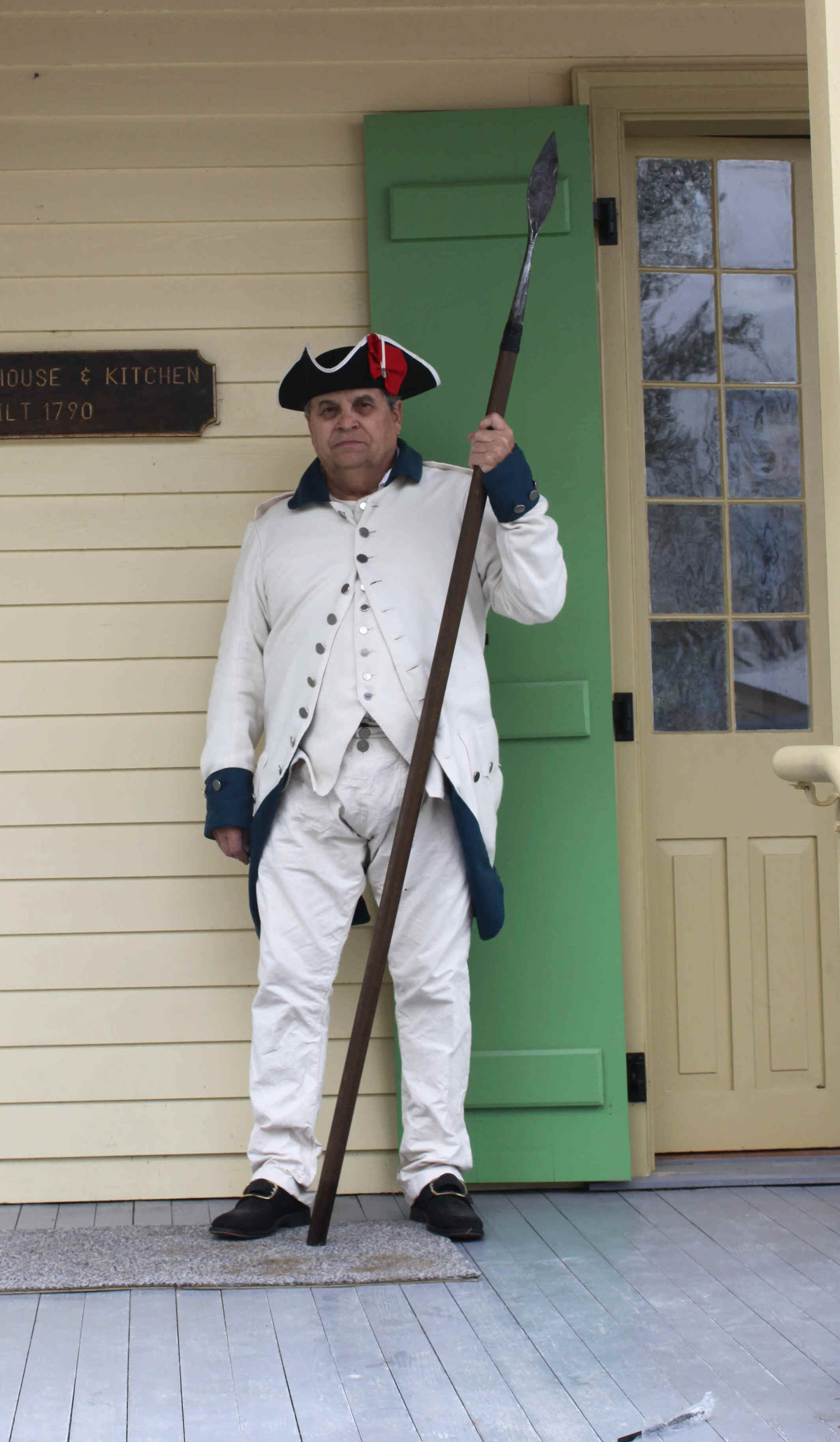
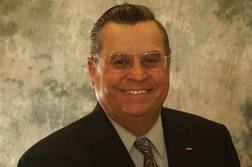 Stephen Estopinal grew up in the swamps and bayous of Southeast
Louisiana. He is a graduate of Louisiana State University (class of
1968), a US Army veteran (combat engineers 1969-1971) and is
Stephen Estopinal grew up in the swamps and bayous of Southeast
Louisiana. He is a graduate of Louisiana State University (class of
1968), a US Army veteran (combat engineers 1969-1971) and is
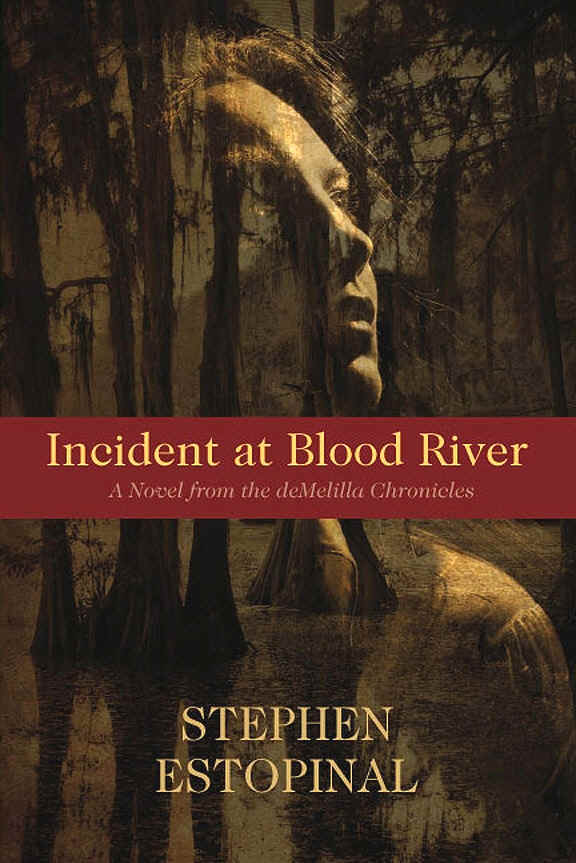

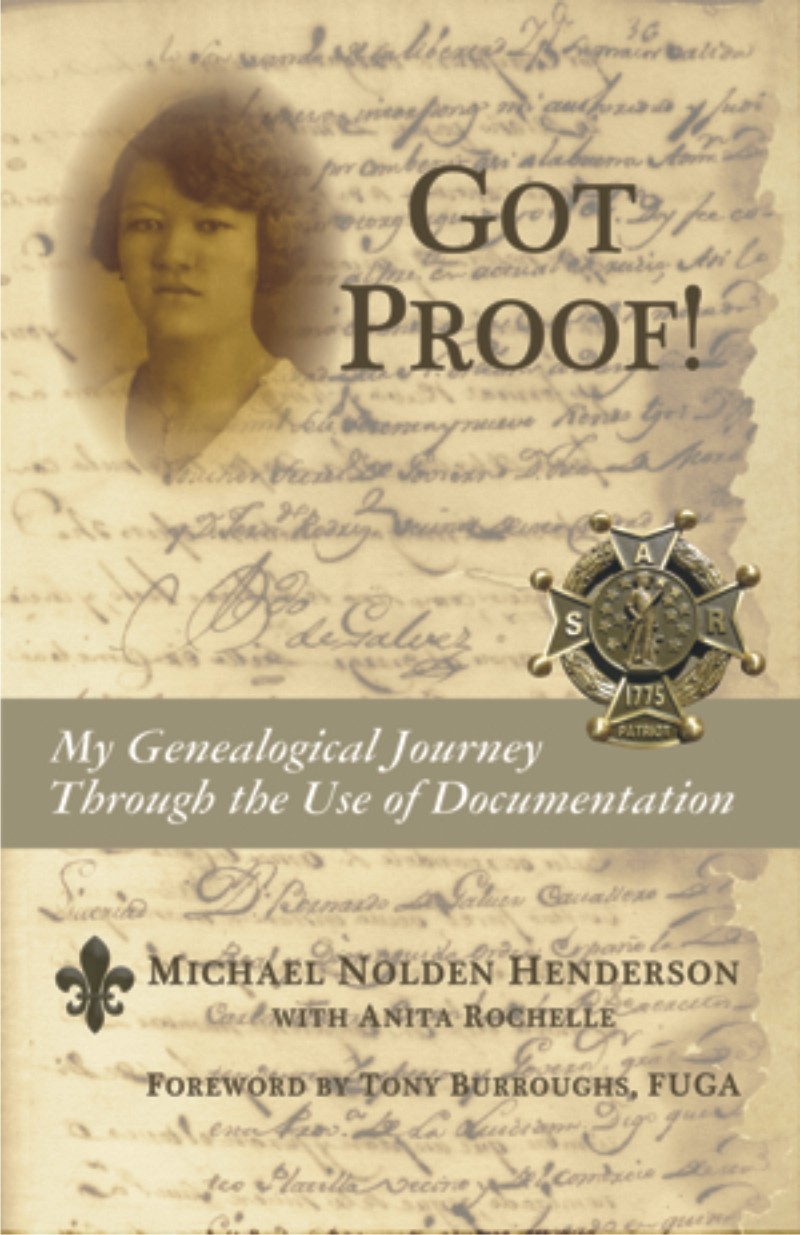
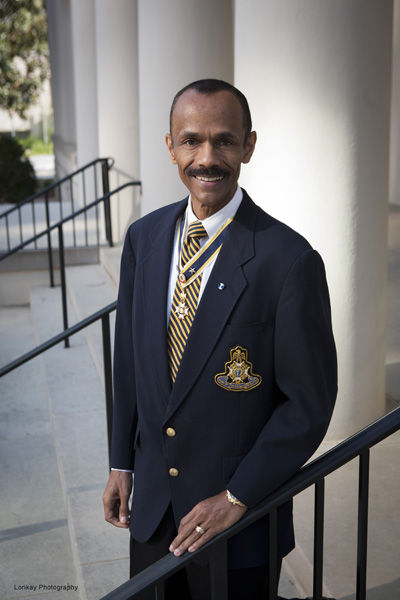 “It
all began when I was a kid,” recalls Henderson, a native of
Algiers—a neighborhood in New Orleans, Louisiana—who now lives
near Atlanta, Georgia. “I asked my mom why her mother’s maiden
name was spelled Mathieu instead of Matthew.” She credited it to the
family being Louisiana Creole and simply chose to spell the surname
that way. Fortunately for Henderson, that answer did not satisfy him,
so he sought a more suitable explanation. In the midst of his
searching, which became a hobby and eventually an obsession during
much of his naval career, he uncovered one fact after another about
his family’s history and soon became the family historian, a role
that did not always meet with genuine excitement from his relatives.
“It
all began when I was a kid,” recalls Henderson, a native of
Algiers—a neighborhood in New Orleans, Louisiana—who now lives
near Atlanta, Georgia. “I asked my mom why her mother’s maiden
name was spelled Mathieu instead of Matthew.” She credited it to the
family being Louisiana Creole and simply chose to spell the surname
that way. Fortunately for Henderson, that answer did not satisfy him,
so he sought a more suitable explanation. In the midst of his
searching, which became a hobby and eventually an obsession during
much of his naval career, he uncovered one fact after another about
his family’s history and soon became the family historian, a role
that did not always meet with genuine excitement from his relatives.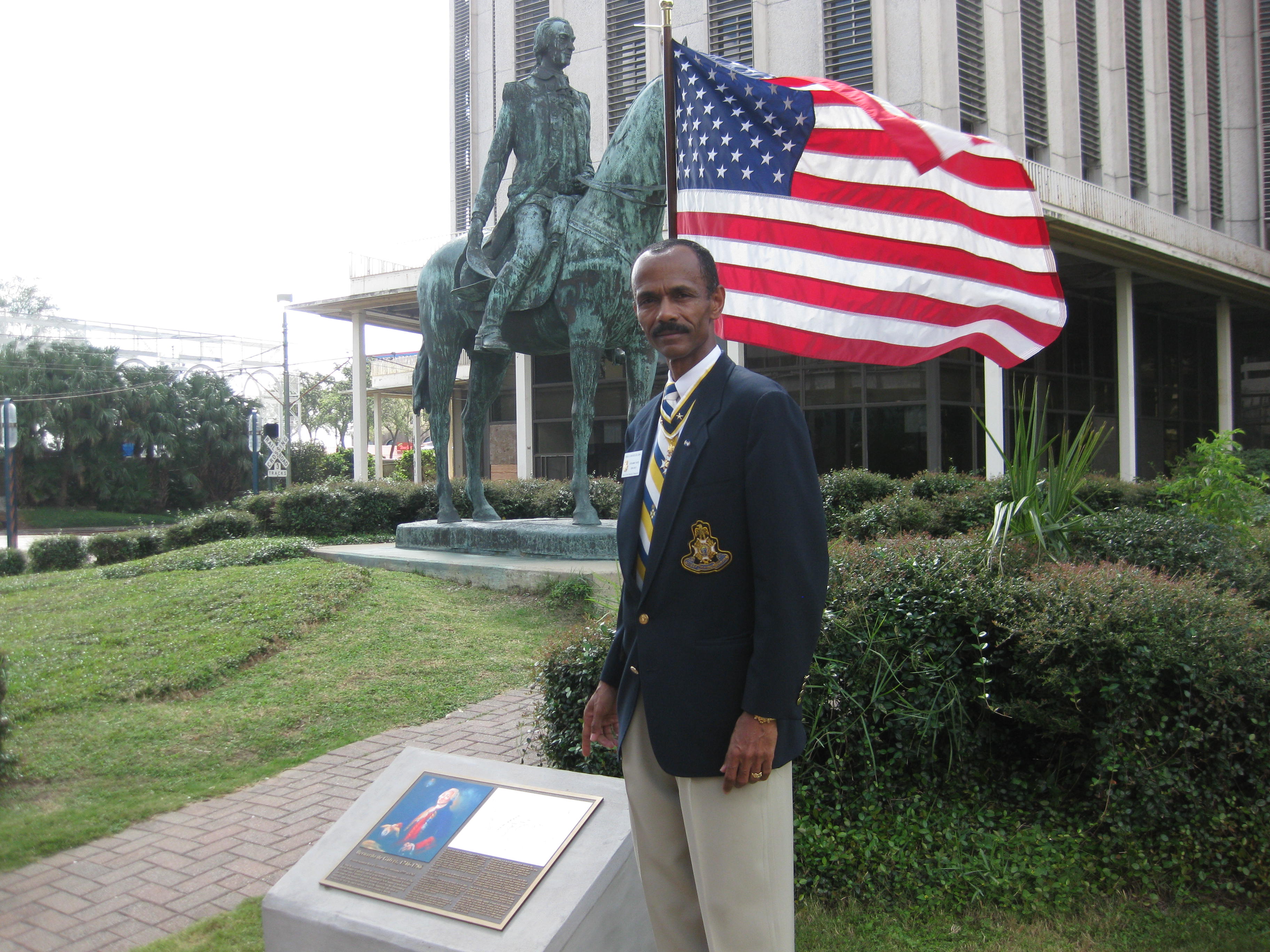
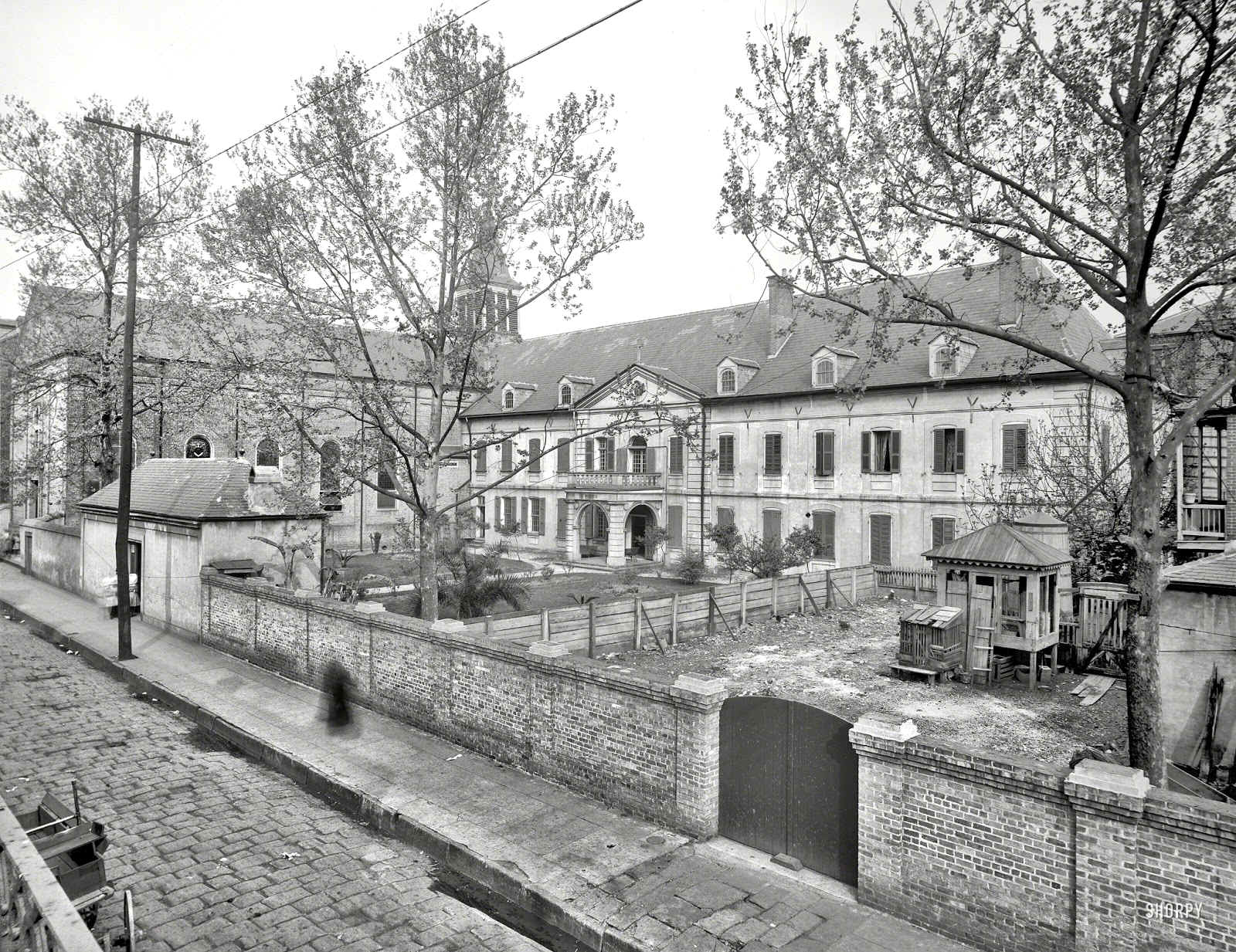
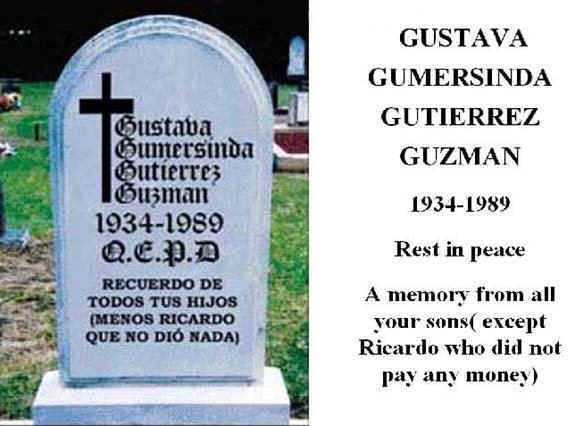
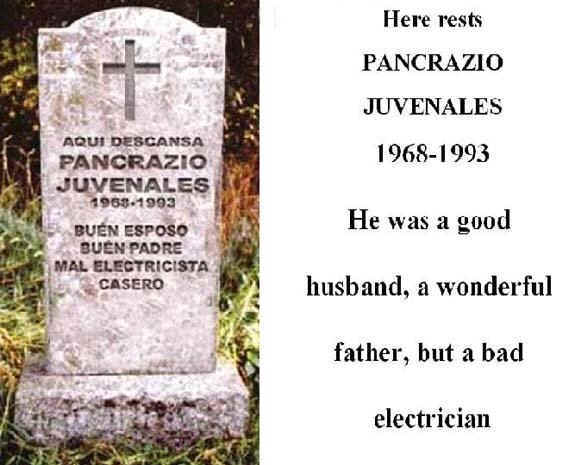
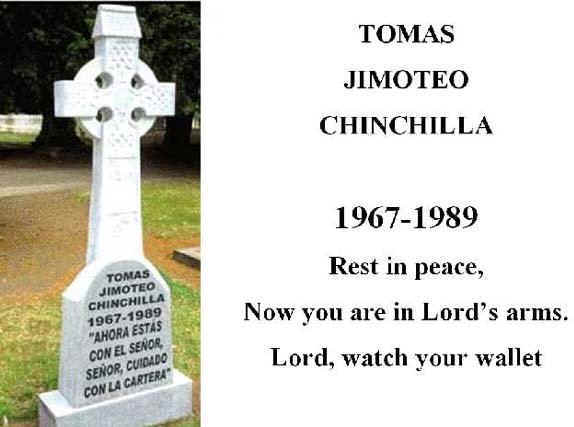
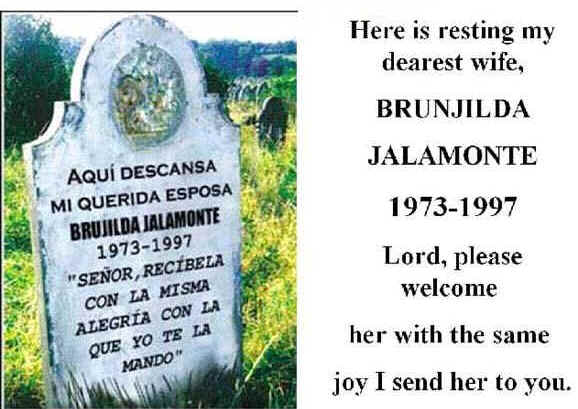
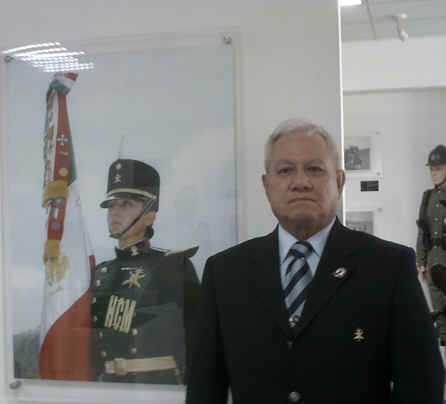
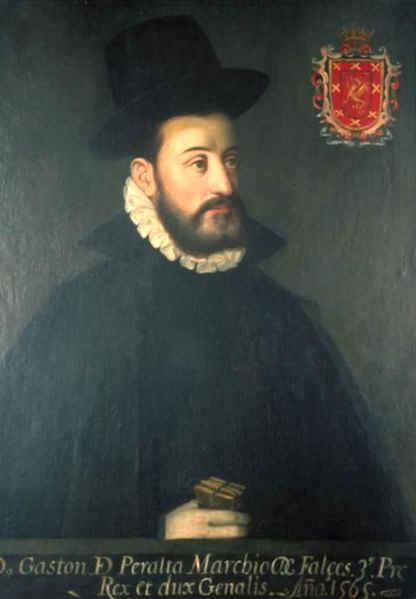
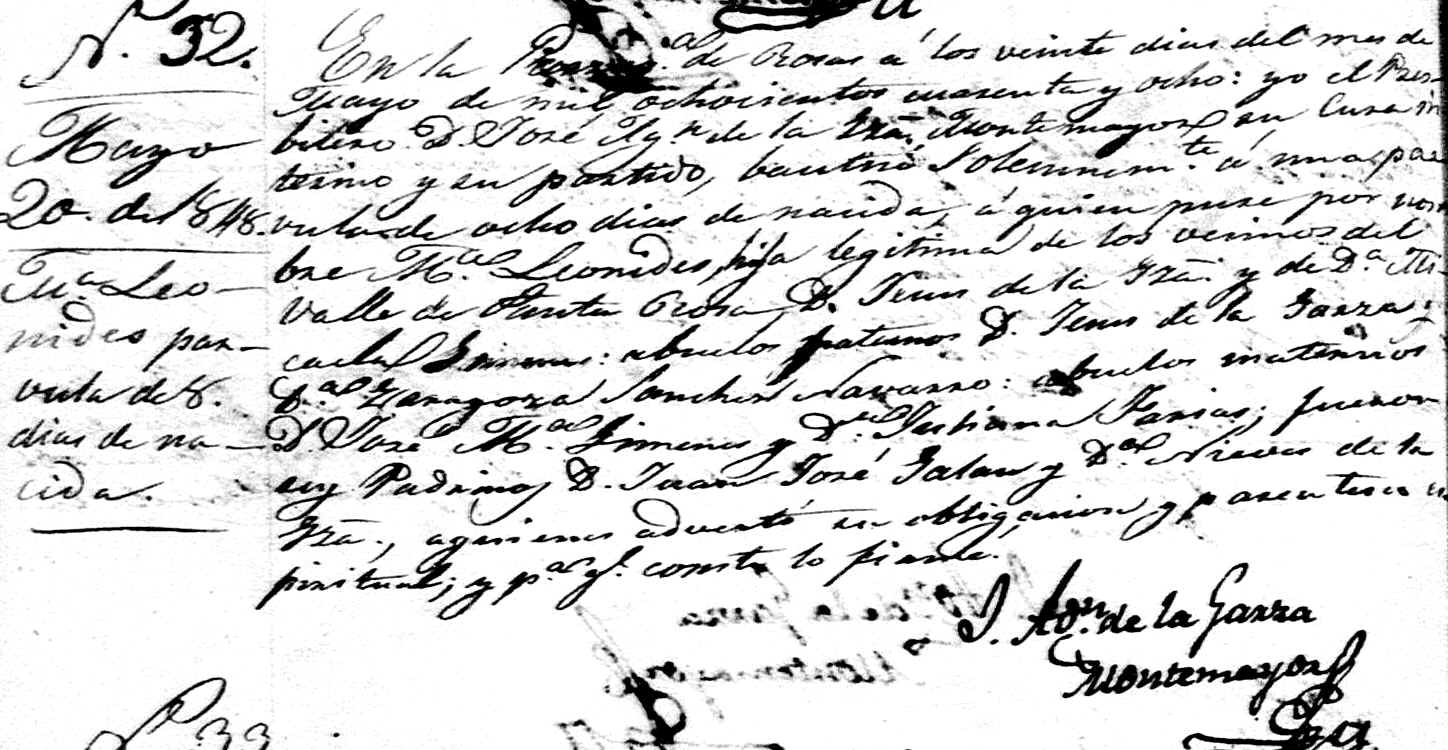

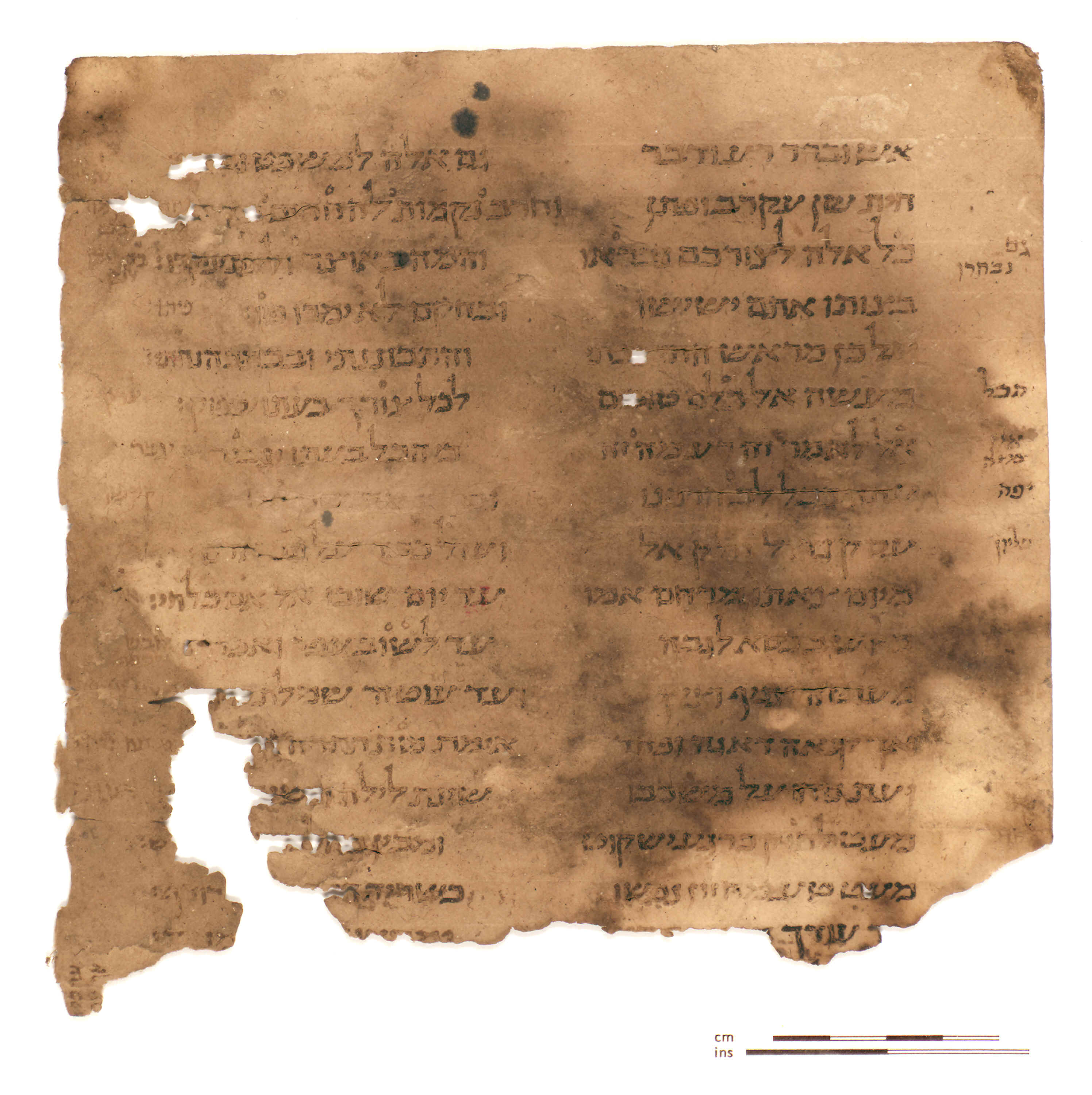
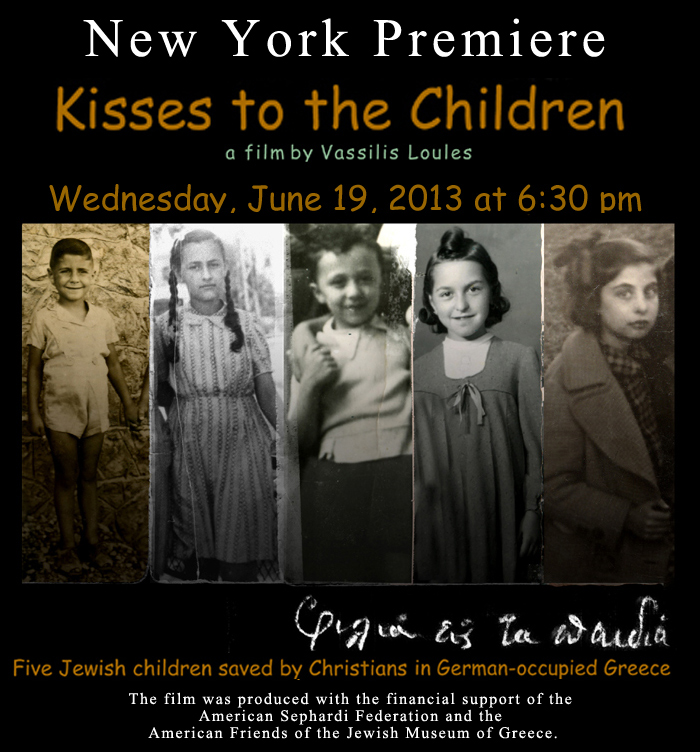
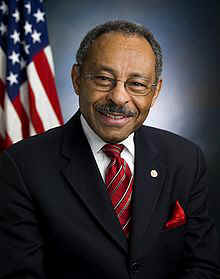
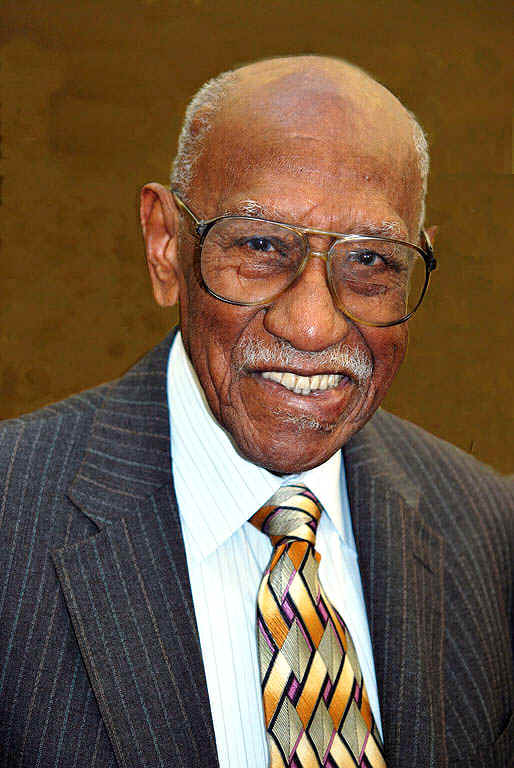
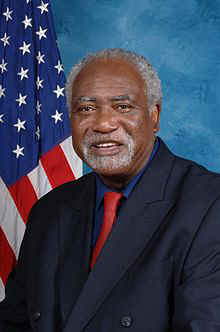
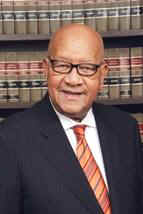
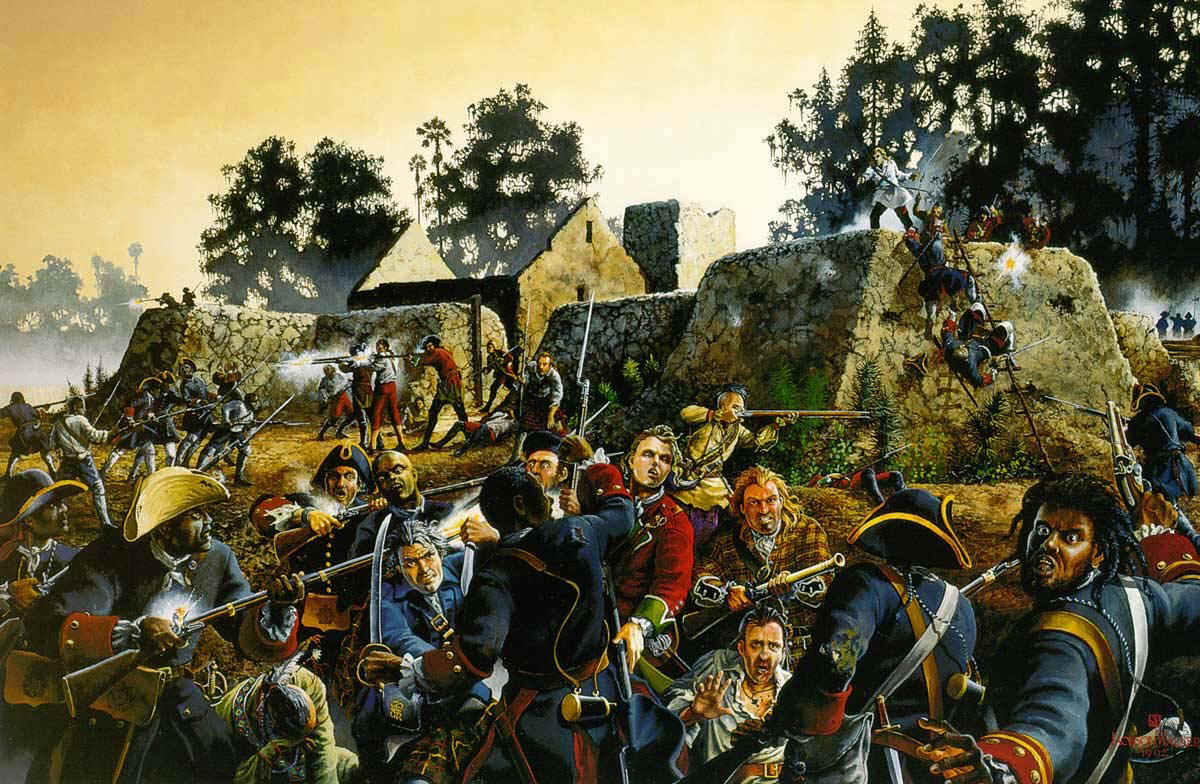
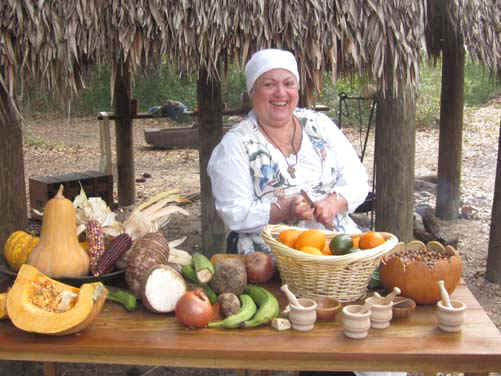







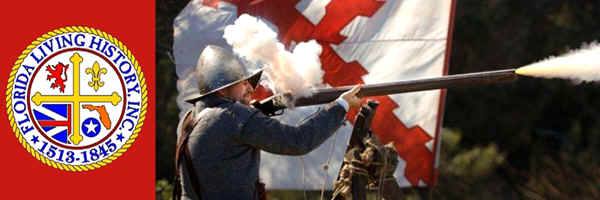

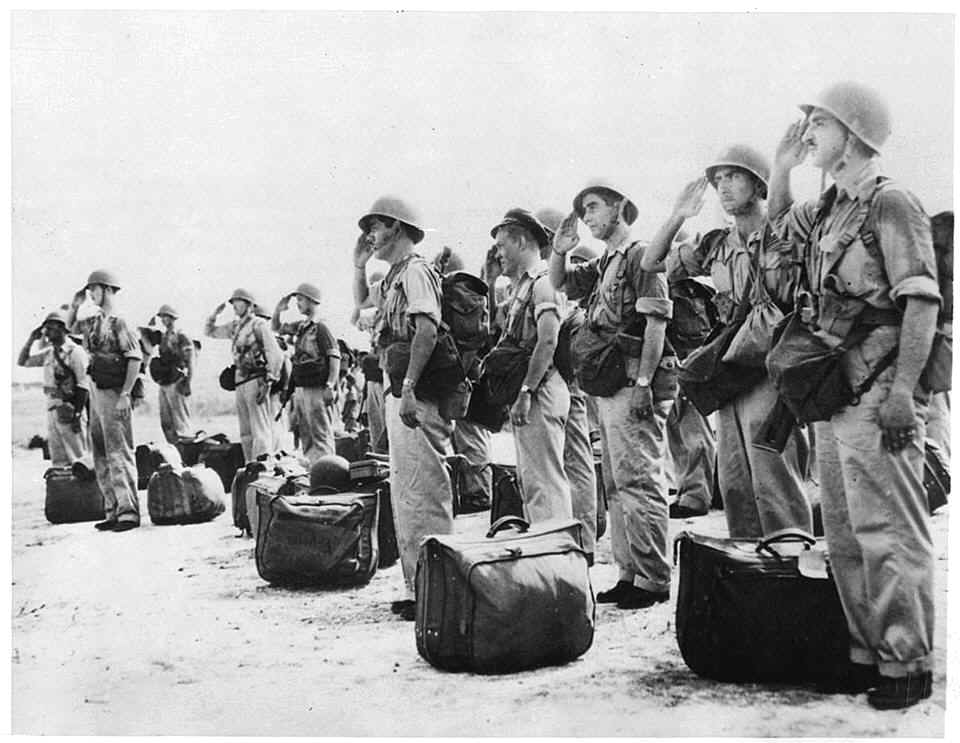


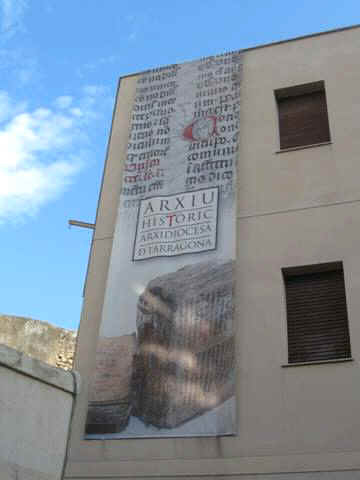 Tarragona
is the capital city of the province which bears its name and more
importantly it is the location of the archive of the archdiocese of
Tarragona. On a recent trip to Spain I was able to visit the archive
to examine some parish records for a friend but for many of the
parishes under the umbrella of the archdiocese a trip to Spain is not
needed. The archive is digitizing their parish books and many are
available online.
Tarragona
is the capital city of the province which bears its name and more
importantly it is the location of the archive of the archdiocese of
Tarragona. On a recent trip to Spain I was able to visit the archive
to examine some parish records for a friend but for many of the
parishes under the umbrella of the archdiocese a trip to Spain is not
needed. The archive is digitizing their parish books and many are
available online.
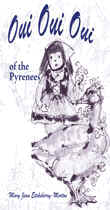
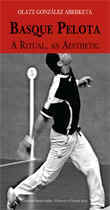
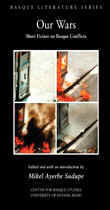
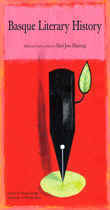
 A
A 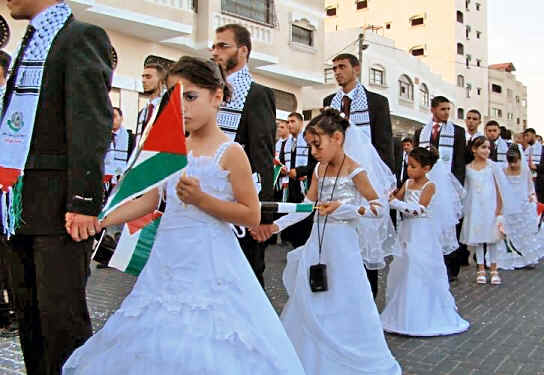 A
gala event has occurred in Gaza. Hamas sponsored a mass
wedding for four hundred and fifty couples.
A
gala event has occurred in Gaza. Hamas sponsored a mass
wedding for four hundred and fifty couples.